 Posted Apr 18, 2012, 1:06 AM
Posted Apr 18, 2012, 1:06 AM
|
|
Registered User
|
|
Join Date: Sep 2005
Posts: 566
|
|
|
The best of Long Island
Well I decided to give the best of's a break as well as posting anything in general but I'm back and ready to slap you all with some Lawnge Eyelannd. Nassau County with over 1 million residents is an intriguing place, one with many different faces and tons and tons of history--some of the most interesting in fact. I came out here with a pre-conceived notion that it would probably be one of the most boring of all regions to tour around the metropolitan area but since traveling through the quaint seaside villages, railroad cores, upscale hamlets and its monotonous suburban towns many myths about this place have been debunked. What we consider suburbs here could be small citys elsewhere, the beaches were a real delight and some of the wealthiest people in the country call the place home. Long Islanders are quintessentially ...well, Long Island. Many would think the place entirely exists in the shadow of New York City but this place has a way about it, hard to explain but they're no slouch out there on the island and they'll let you know in many ways just how much they think they sit in anyone's shadow. Off the Island we'd consider the place the boondocks filled with uncultured yahoo's with annoying accents but this is home to all peoples, working in all fields living in picturesque communities many with a skip and bustle in their own rights surrounded by fantastic parks and beaches with amazing public transportain. The bus system out on Long Island is quite extensive and almost every neighborhood has it's own station or is situated close to a town with one. You could, if you wanted live out there car free, it's that convenient. The beauty of Nassau County is that it has the best of both worlds. There you have the peace and quiet of most suburbs across the country and a quick ride to the city...sitting between the hustle and bustle of New York City and the quiet, quaintness of Suffolk County this really is a place to be. I'll admit some of these posts are going to be a bit large but I assure you it is all well worth it. THESE are the suburbs of New York City, welcome to them.....Suburban America....eat your heart out.
Like all other tours we'll start out north west and make our way across the north shore toward the Suffolk County border then we will head south through eastern Nassau County toward the south shore then we will zig zag some through the center of the county til we get to the south western section and end it all along the Nassau County Beaches.
To start it all off, a sample.
Franklin Square is a residential community in western Nassau County. It was settled in the 17th century on the grassy Hempstead Plain. It remained a farming community until the middle of the 19th century until a Hotel was built where Hempstead Turnpike sits today. The community blossomed around the hotel and Germans began settling in large numbers. The National Bank of Franklin Square was established around this time and grew to be very successful but failed under the constraints of the Great Depression, the building still stands today on Hempstead Turnpike. In the 1940’s and 1950’s Italians began moving into the area escaping the cramped conditions of the city. They remain the largest group in the area today.
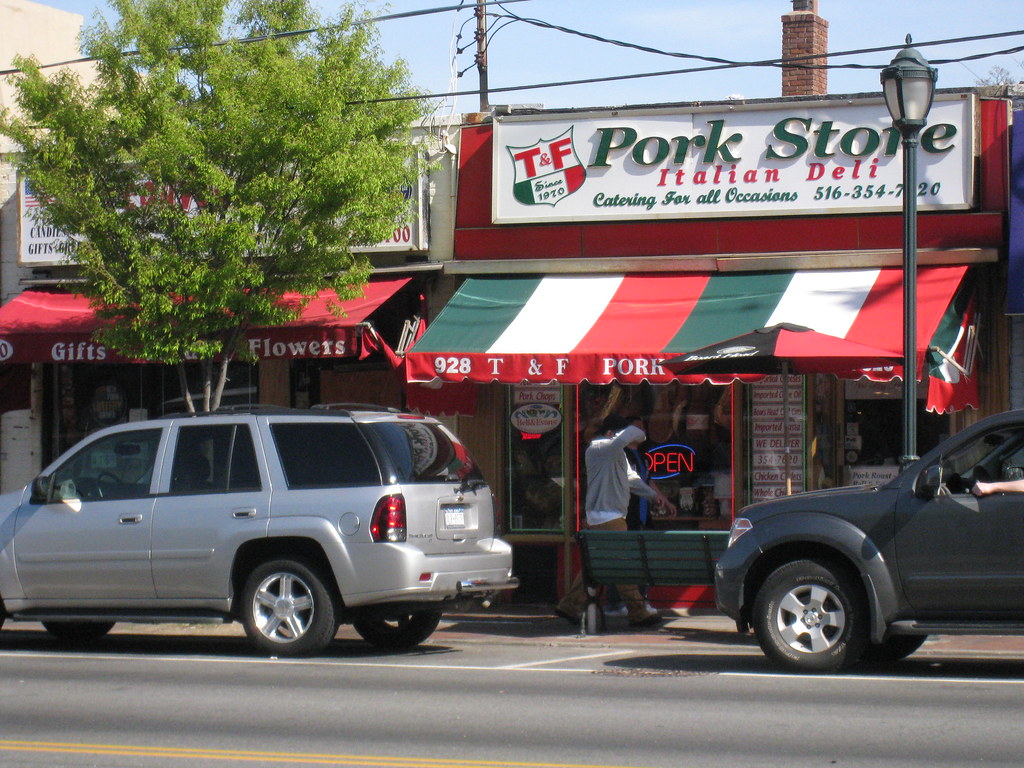
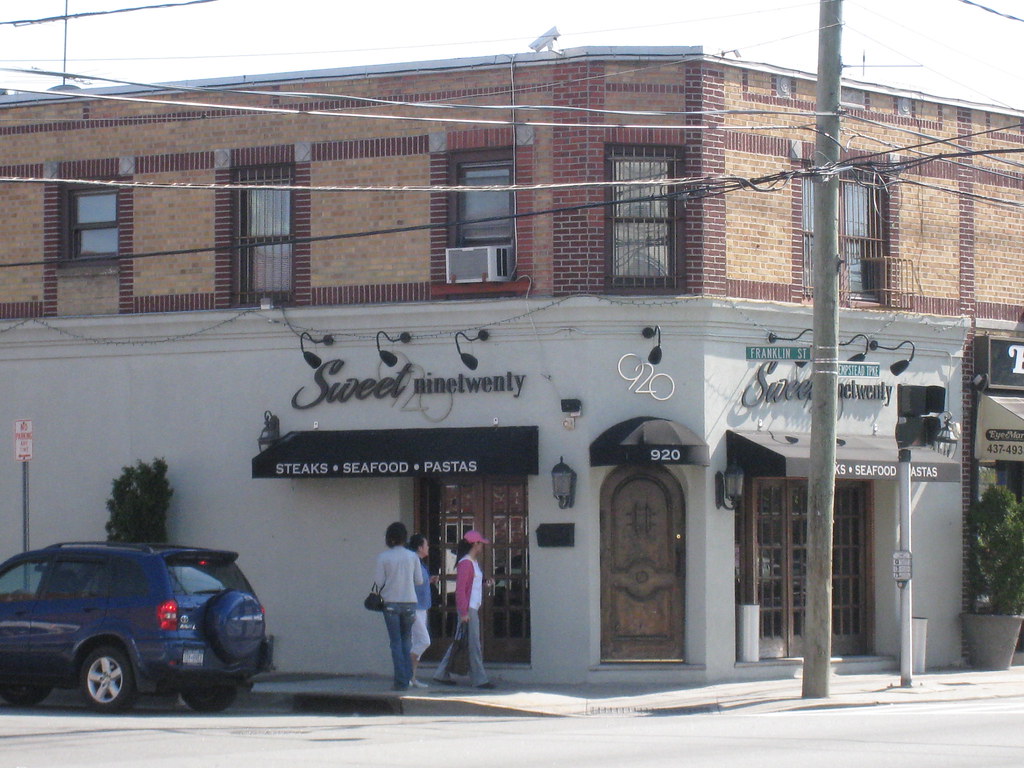


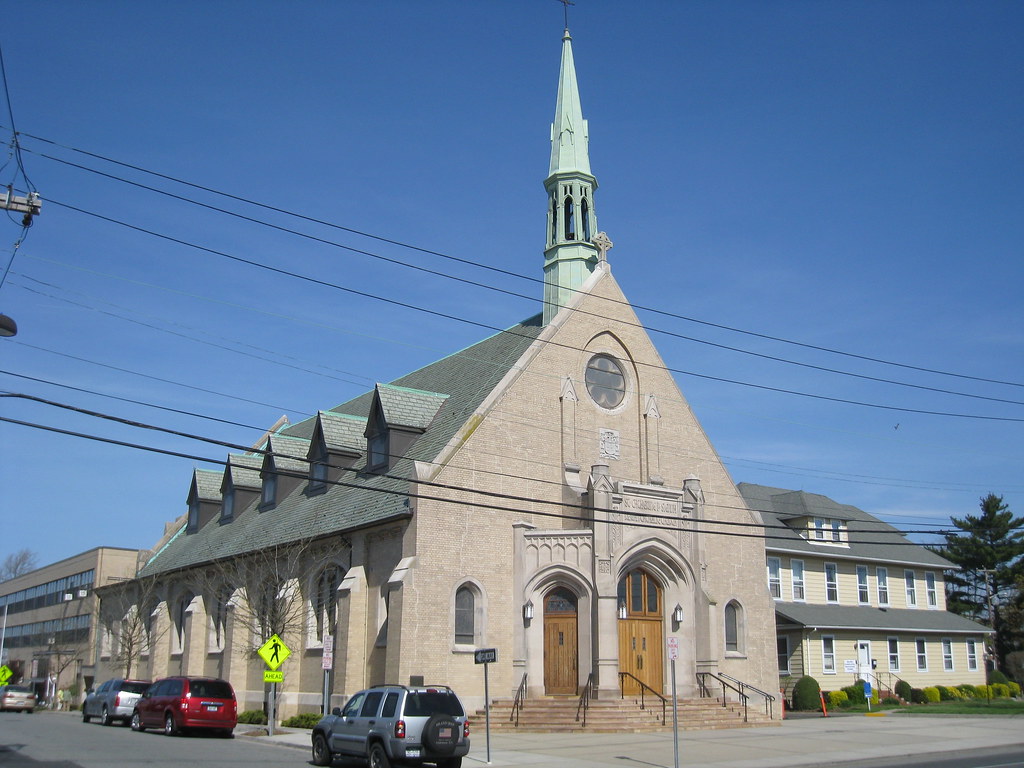

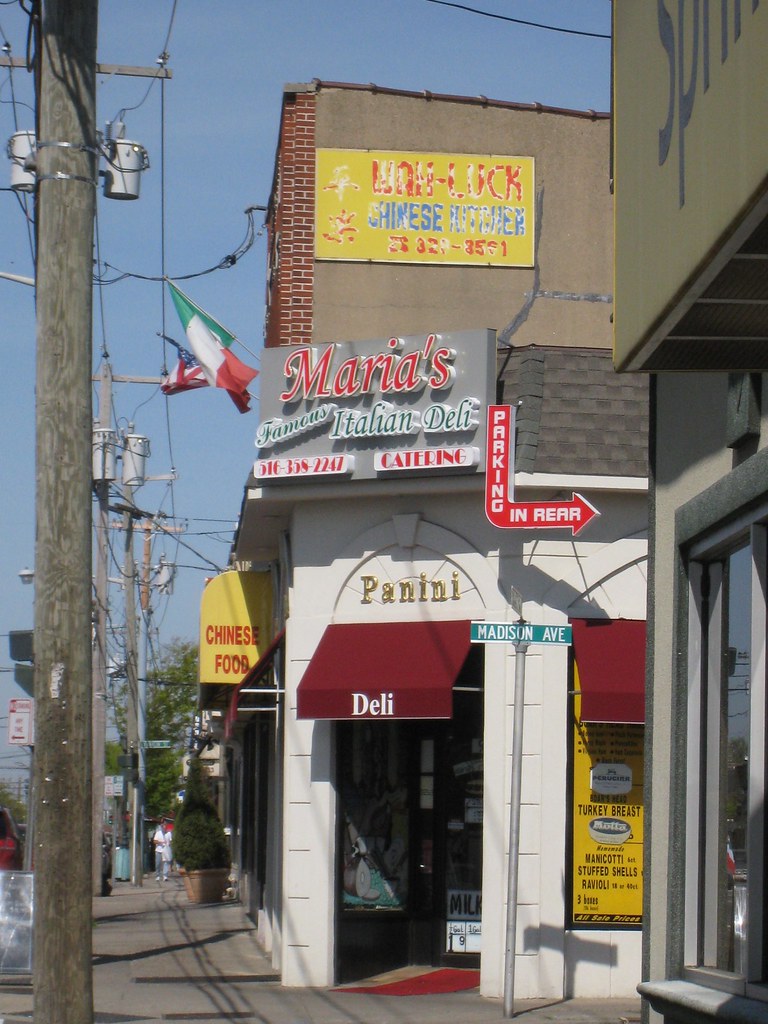
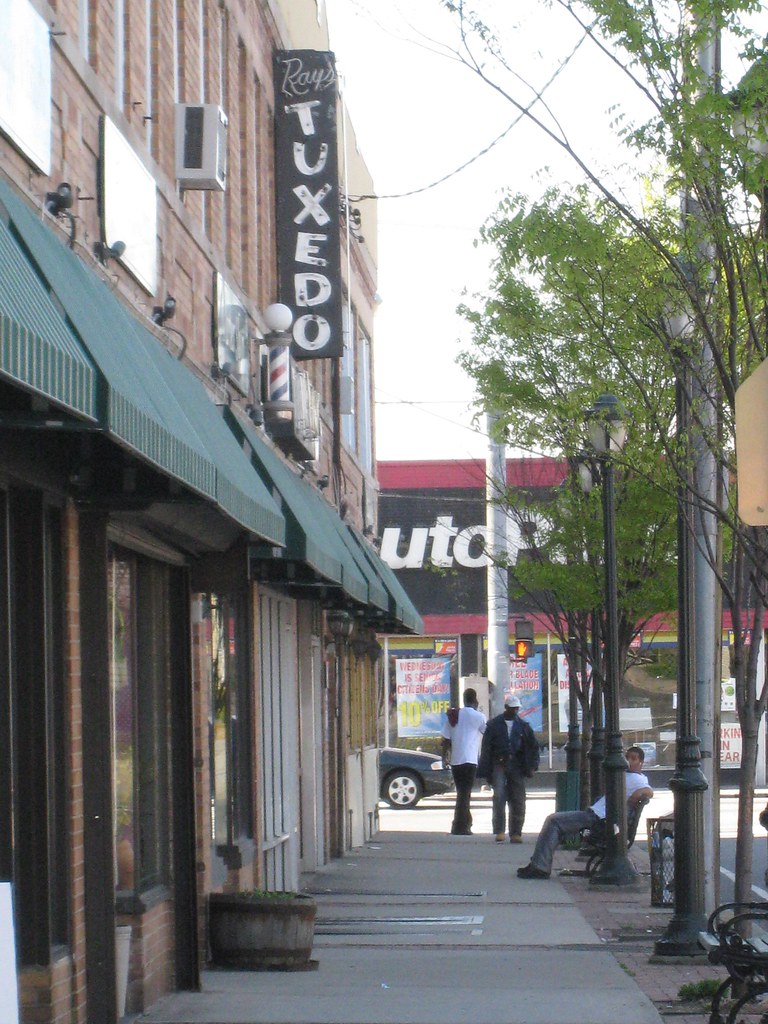
 New Hyde Park is a village in western Nassau County. The area was settled in the late 17th century by Thomas Dongan who built a mansion on a large estate granted to him by the governor of the colony. The estate was sold to George Clark in the early years of the 18th century who used it to raise cattle. A small dairy farming community rose up on this section of the plain and Clark named it Hyde Park in honor of his wife. By the late 19th century the rail was built through, a post office was constructed and businesses were established on Hempstead Turnpike, the name was changed to New Hyde Park and incorporated in the 1920’s. Today it is a typical central Nassau county bedroom community with a large Italian, Irish, Jewish, Greek community.
New Hyde Park is a village in western Nassau County. The area was settled in the late 17th century by Thomas Dongan who built a mansion on a large estate granted to him by the governor of the colony. The estate was sold to George Clark in the early years of the 18th century who used it to raise cattle. A small dairy farming community rose up on this section of the plain and Clark named it Hyde Park in honor of his wife. By the late 19th century the rail was built through, a post office was constructed and businesses were established on Hempstead Turnpike, the name was changed to New Hyde Park and incorporated in the 1920’s. Today it is a typical central Nassau county bedroom community with a large Italian, Irish, Jewish, Greek community.


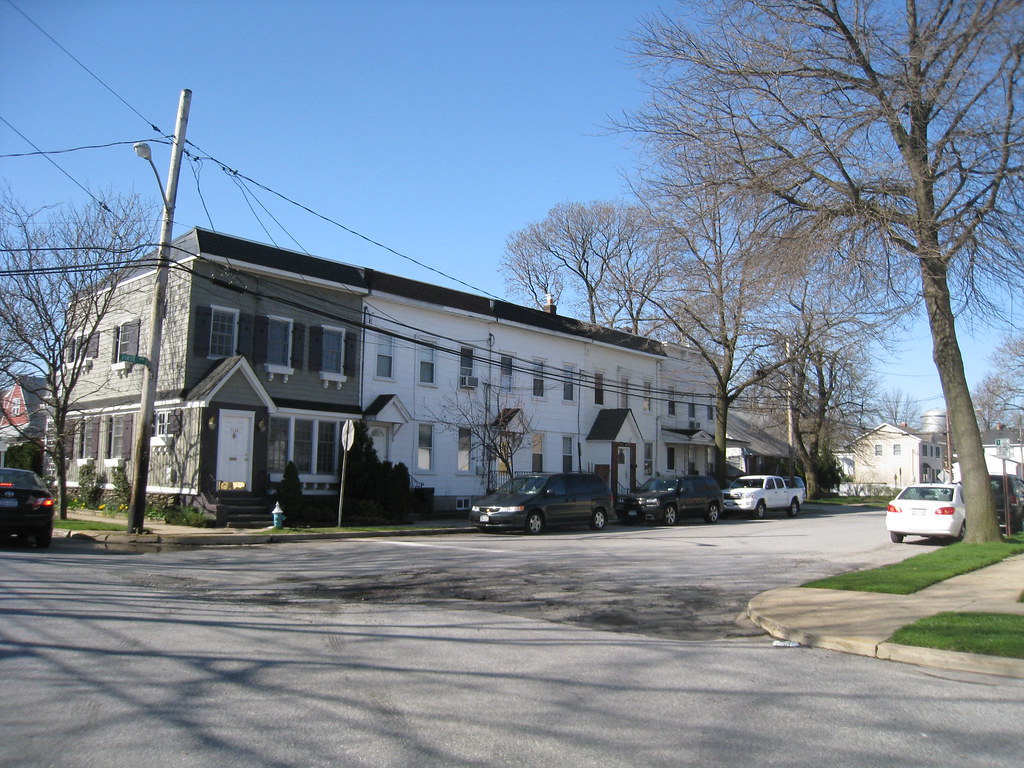
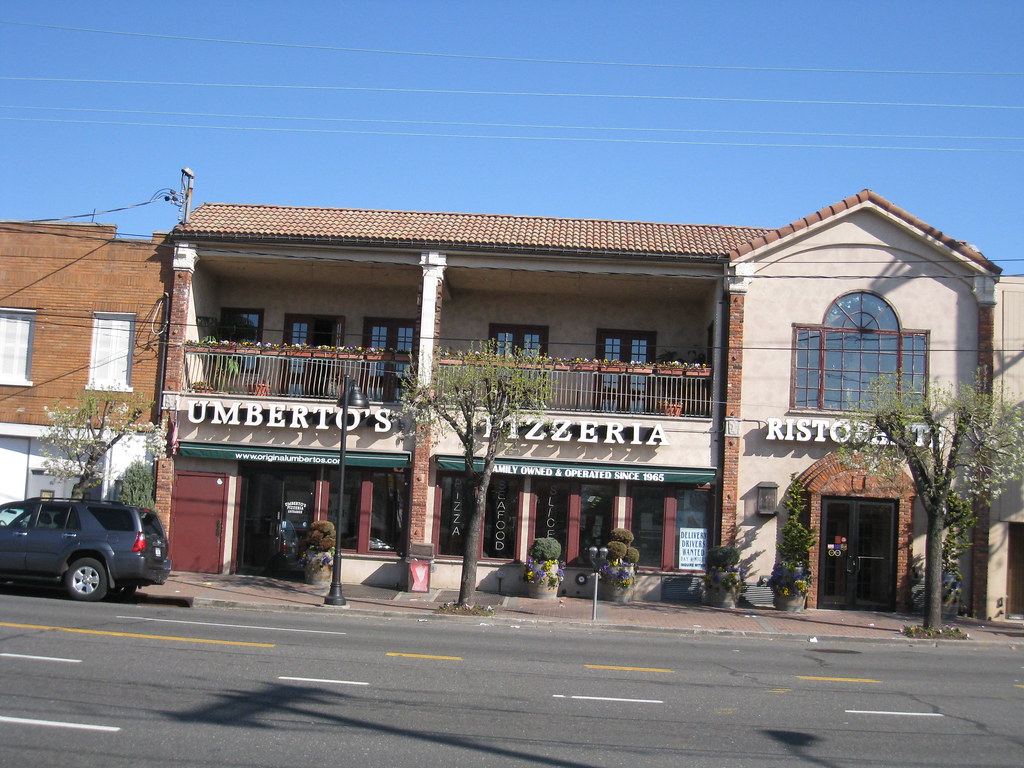
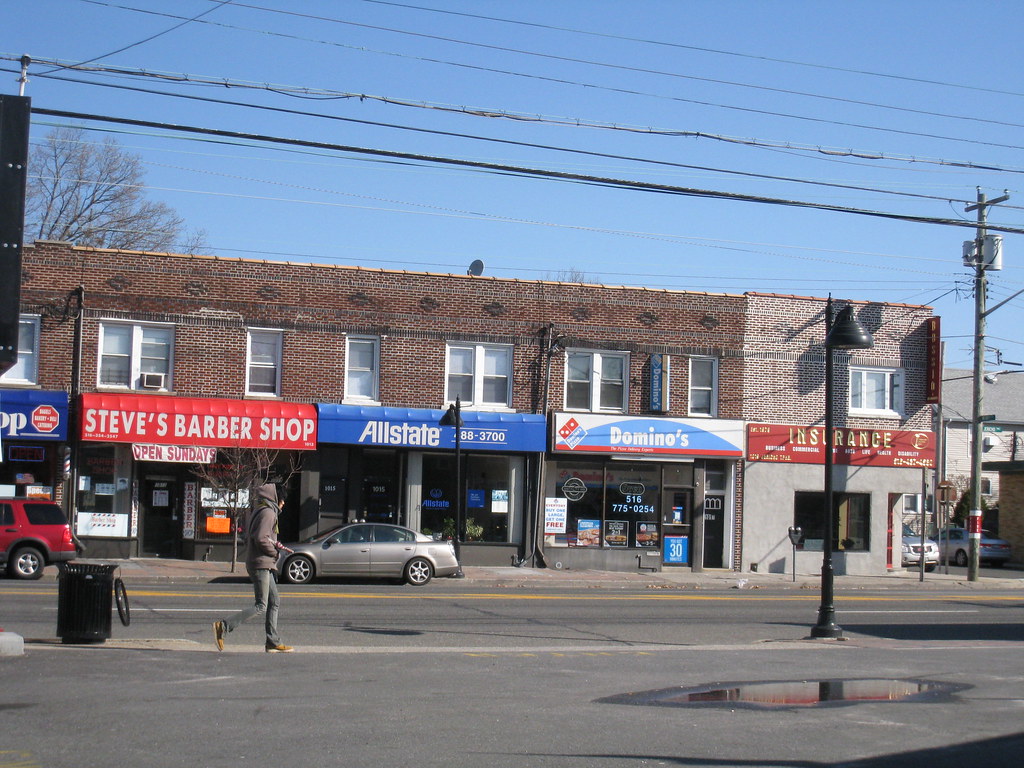

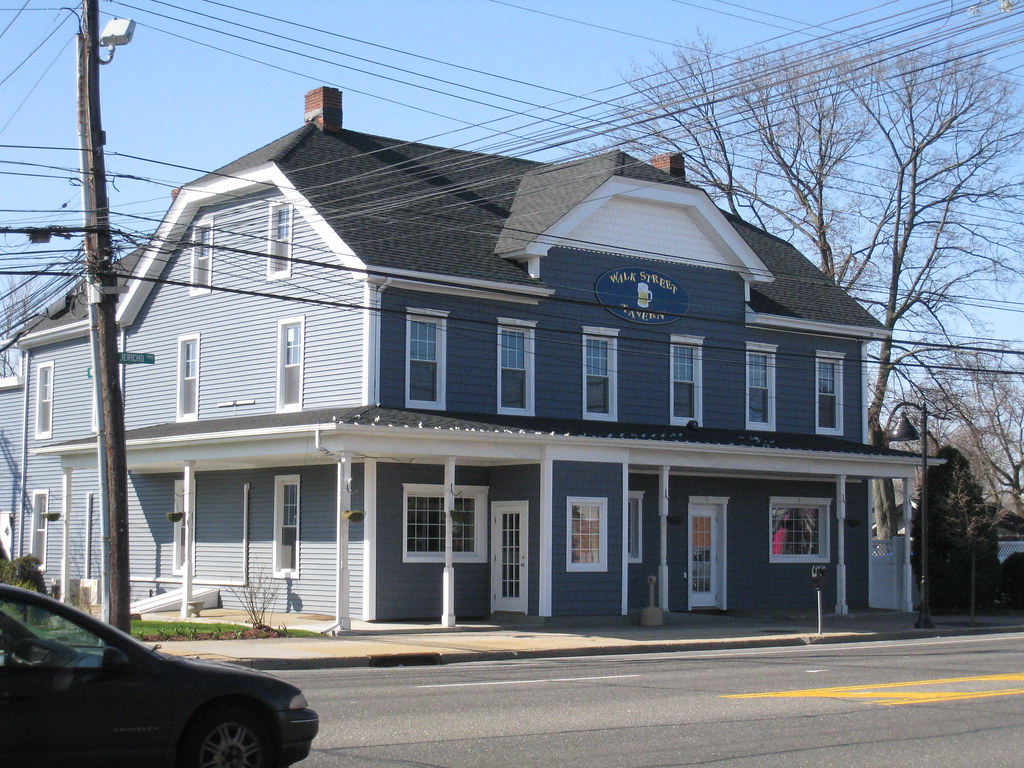


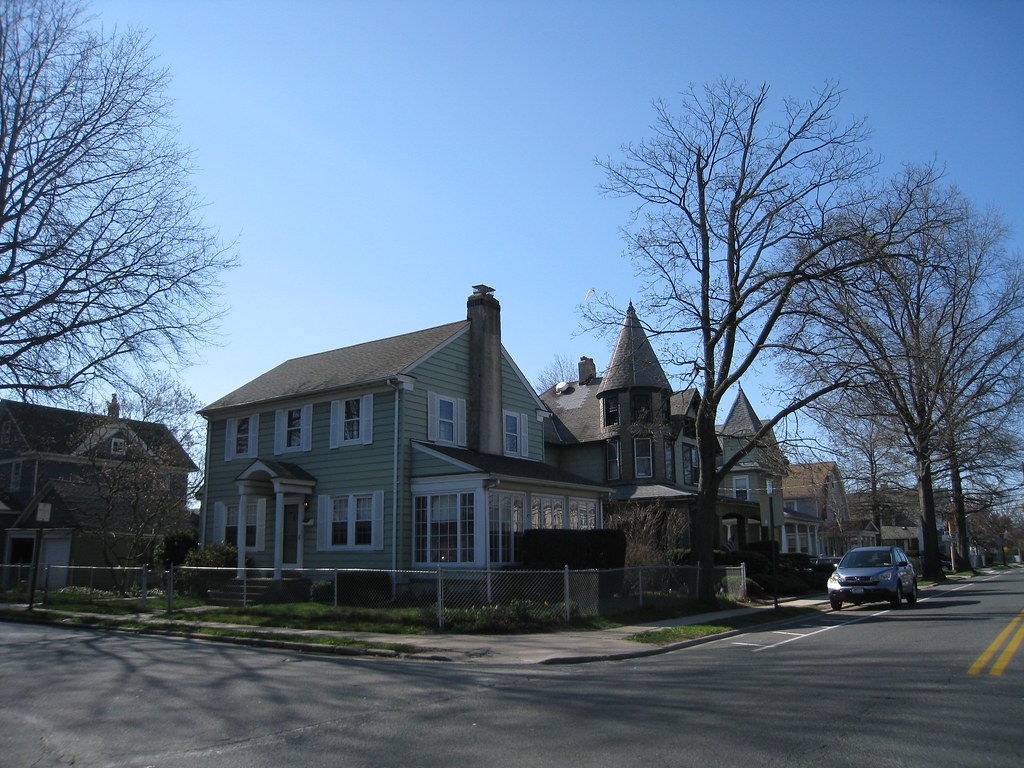
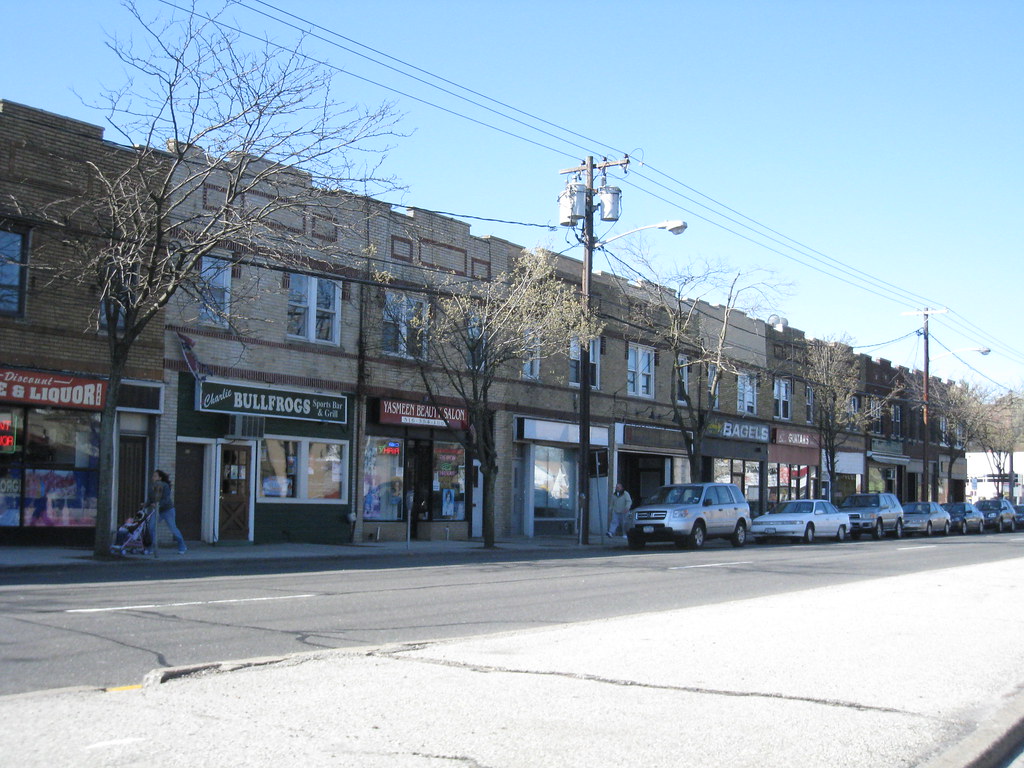 Lattingtown is an affluent village in northern Nassau County. It was settled in the 17th century by Richard and Josiah Latting who farmed the land. Lattingtown remained scarcely populated farmland until wealthy barons and industrial capitalists began purchasing large parcels of land to build estates on. It is almost entirely residential today with little in the way of shops and entertainment and most use nearby Glen Cove and Locust Valley for that. The wealthy still live in large homes and chateau-like mansions along rolling hills of the village. The town, which sits on the north shore enjoys public parks and beaches. The Bailey Arboretum also lies within the community.
Lattingtown is an affluent village in northern Nassau County. It was settled in the 17th century by Richard and Josiah Latting who farmed the land. Lattingtown remained scarcely populated farmland until wealthy barons and industrial capitalists began purchasing large parcels of land to build estates on. It is almost entirely residential today with little in the way of shops and entertainment and most use nearby Glen Cove and Locust Valley for that. The wealthy still live in large homes and chateau-like mansions along rolling hills of the village. The town, which sits on the north shore enjoys public parks and beaches. The Bailey Arboretum also lies within the community.
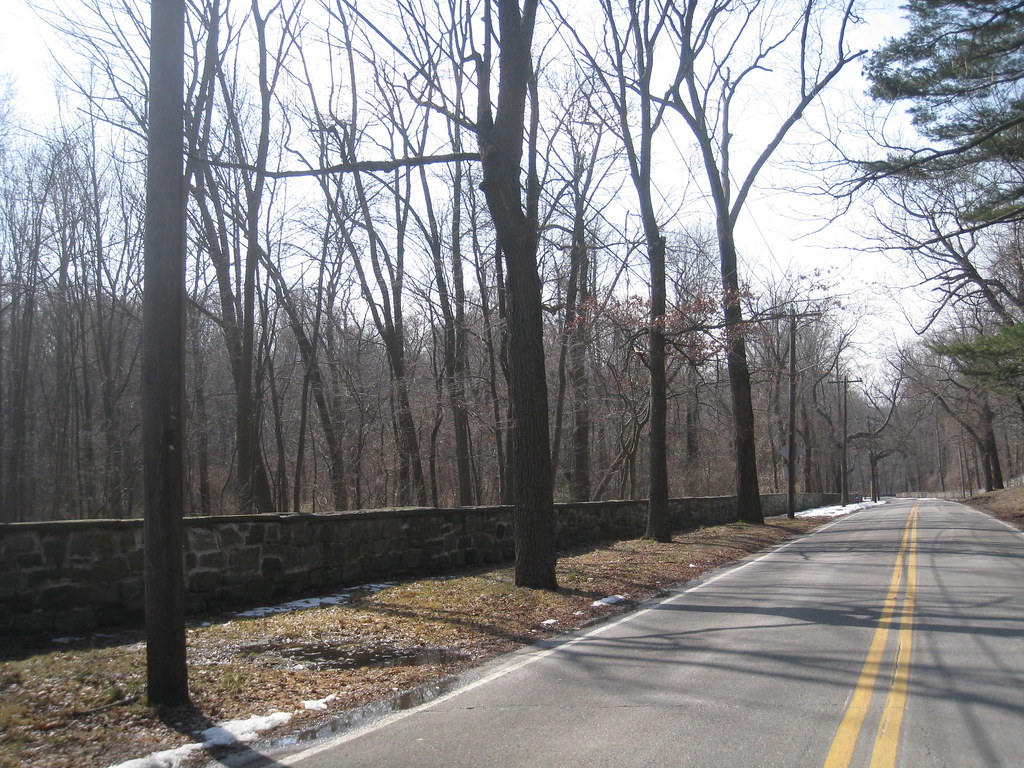
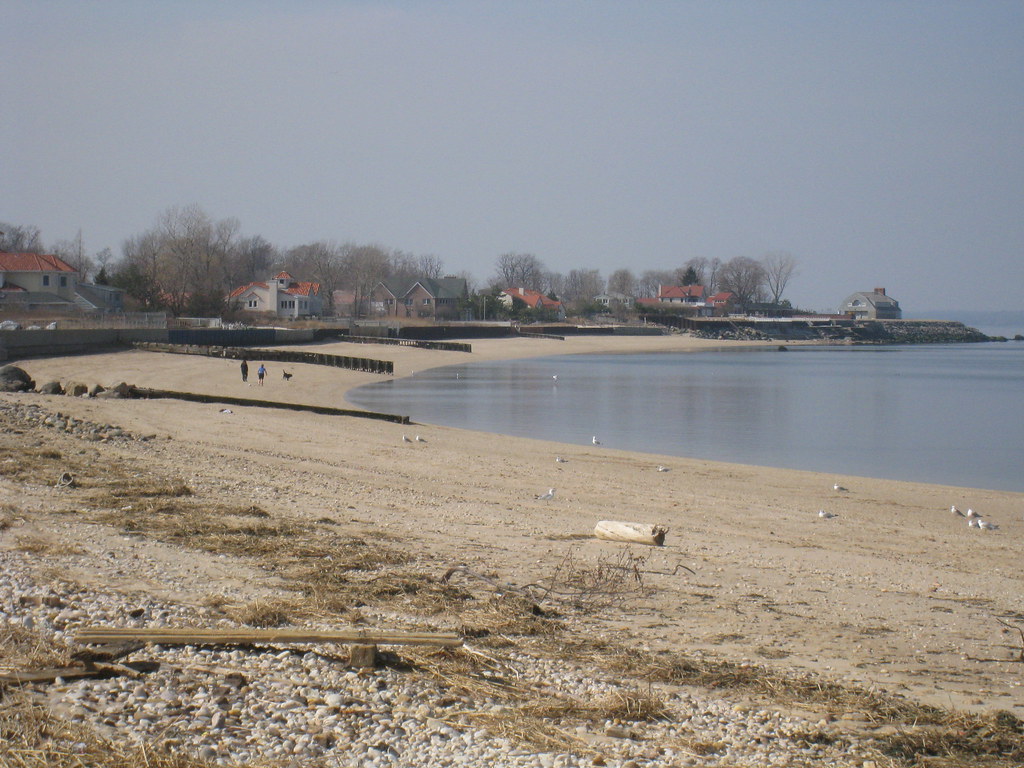



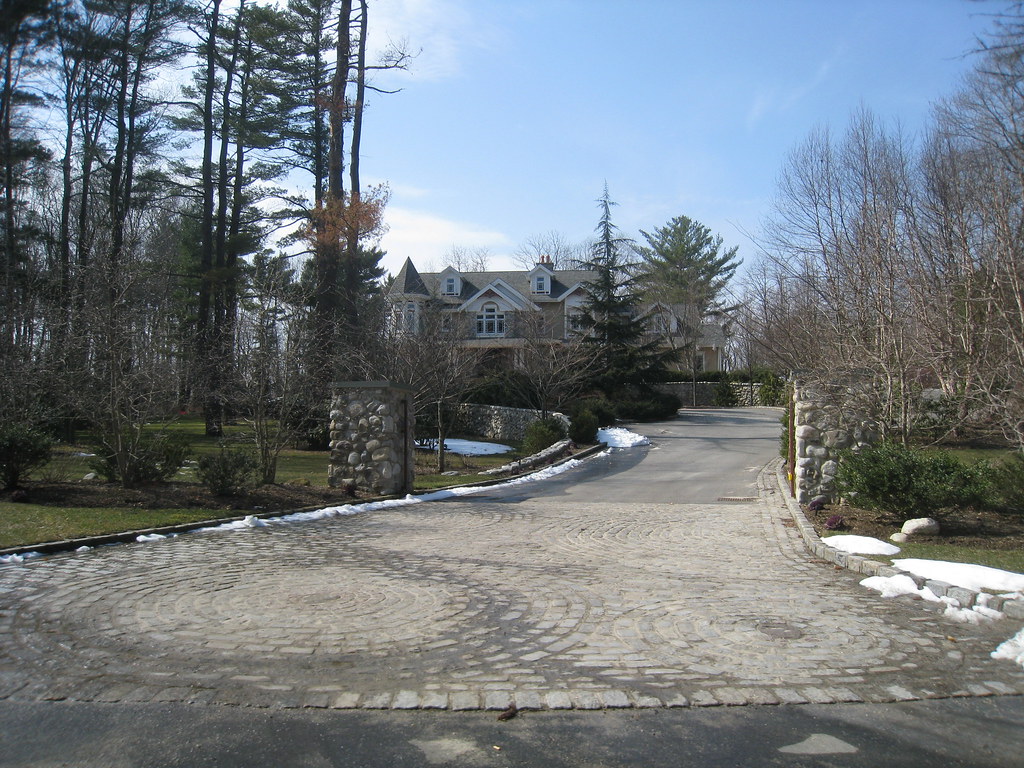
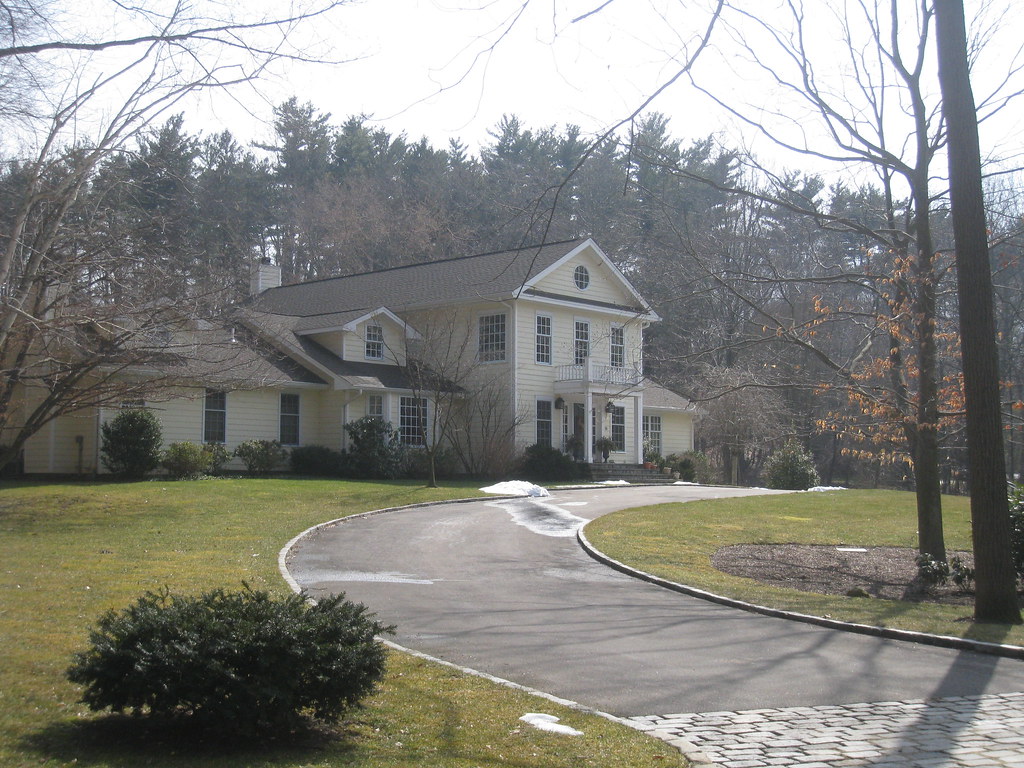
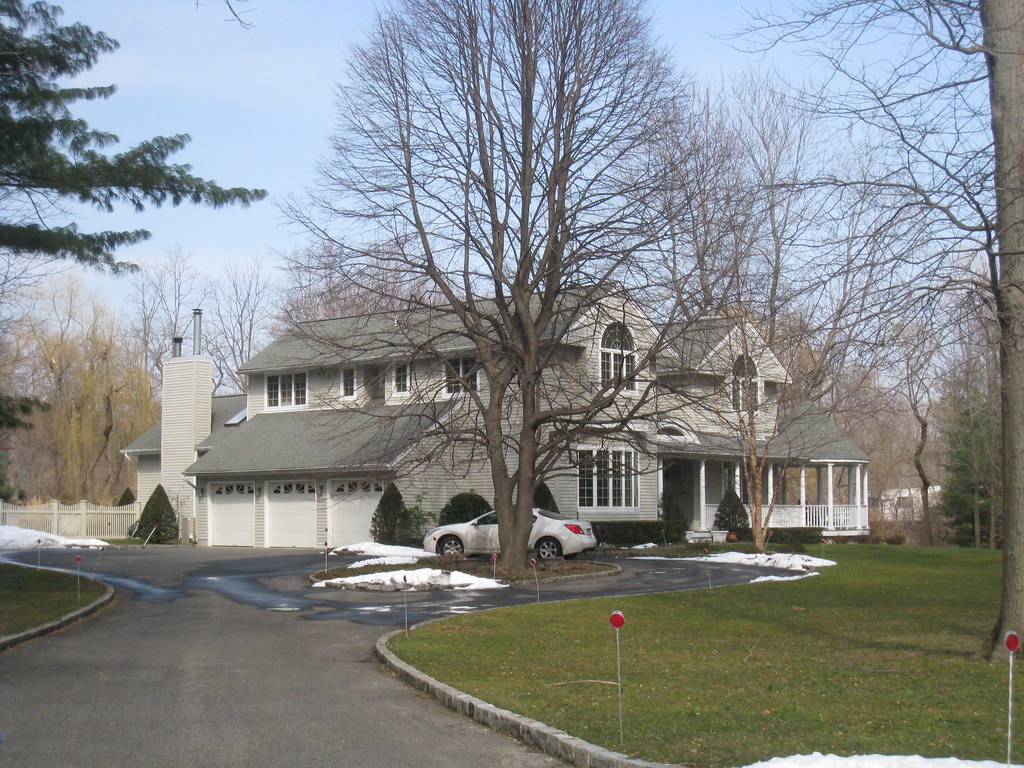

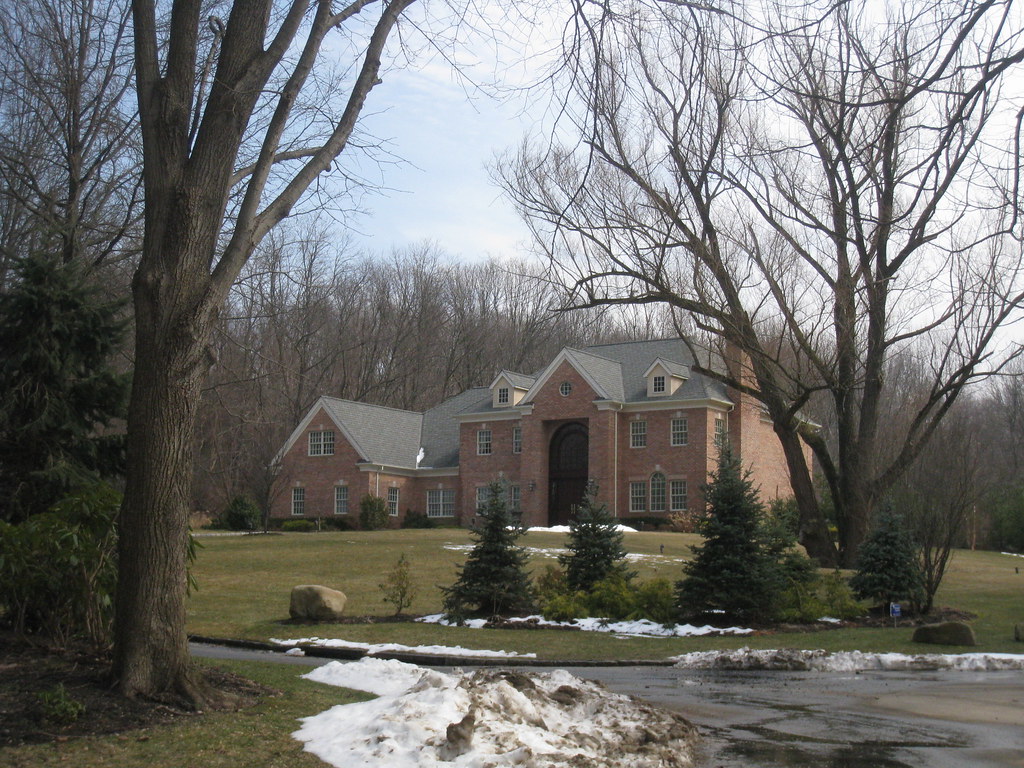
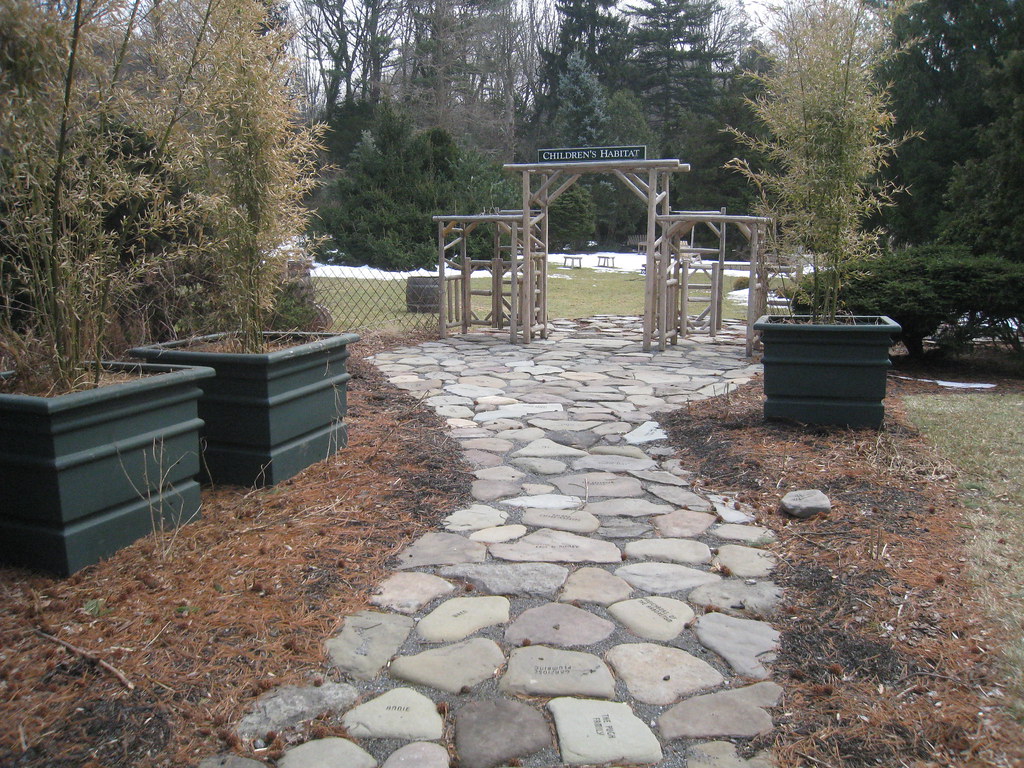

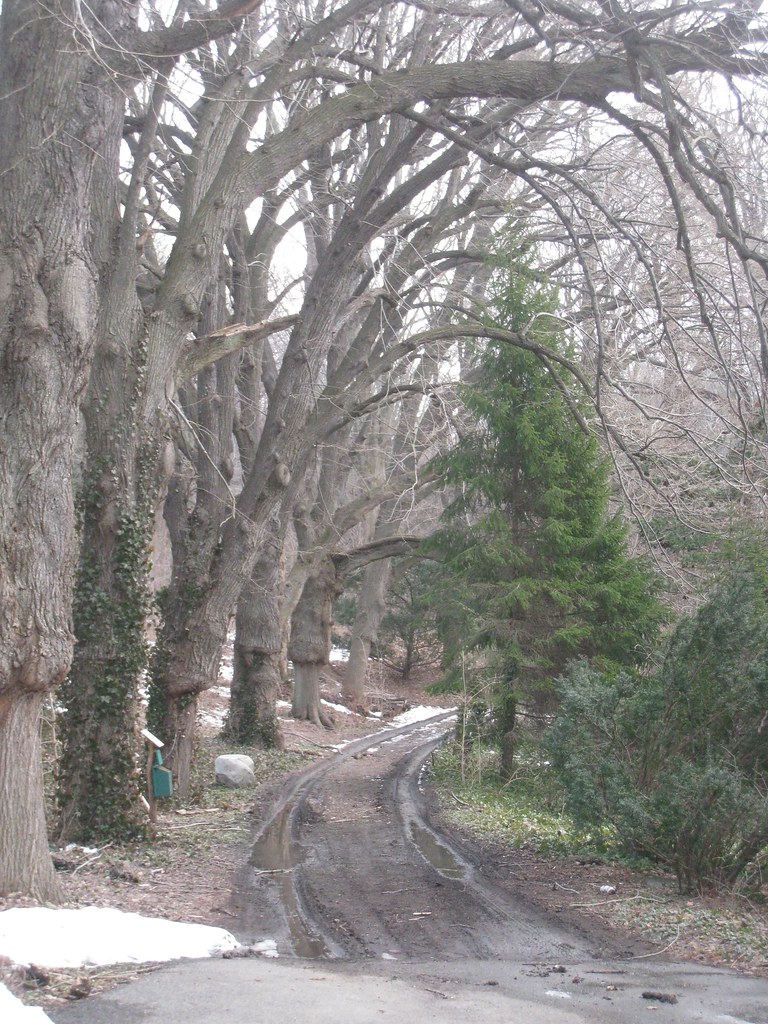
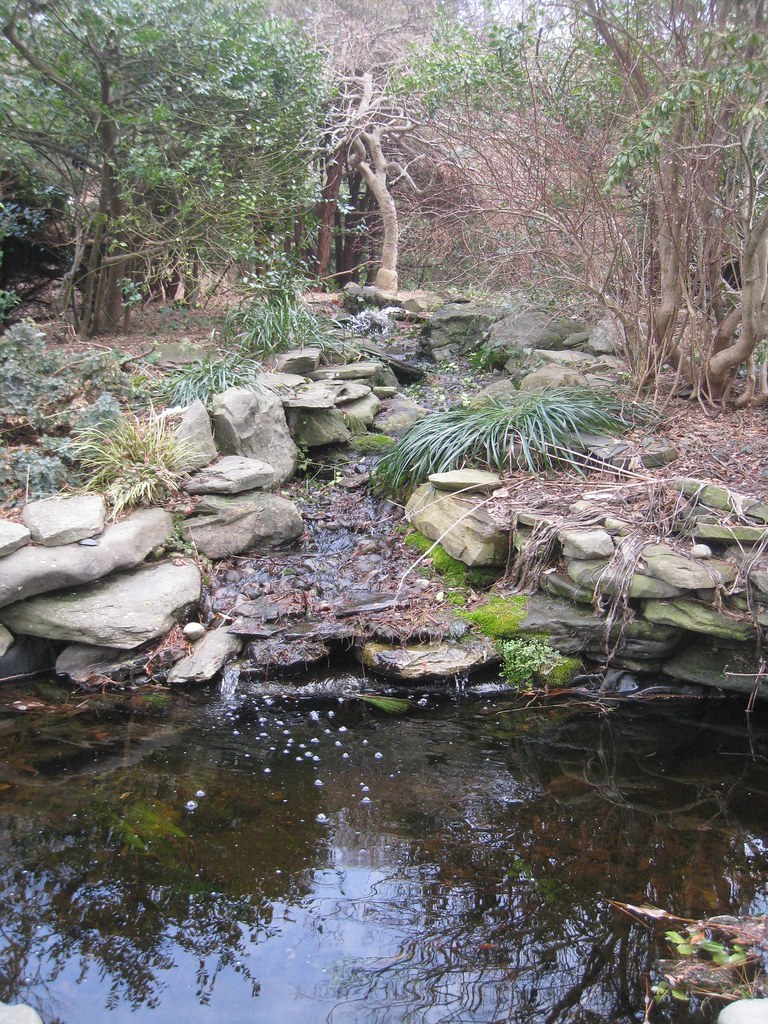
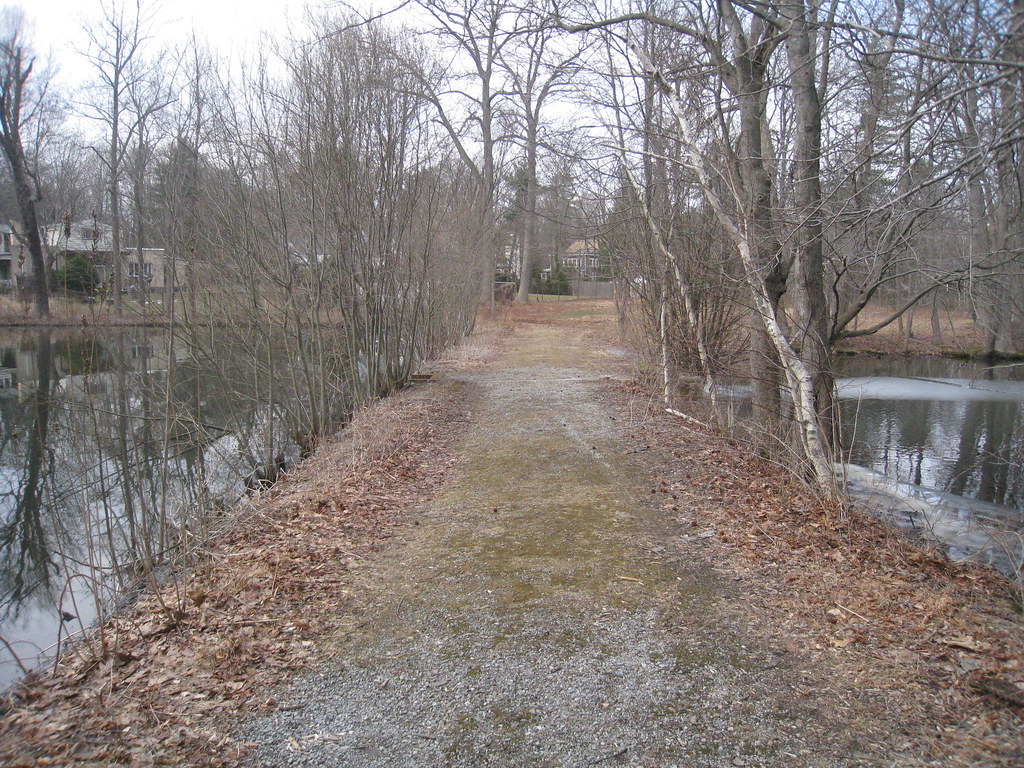 Eisenhower Park is centrally located on Long Island in the town of East Meadow. It serves as Nassau County’s “Central Park” and is larger than the actual Central Park in Manhattan. Eisenhower’s major development began during the depression era in the 1930’s. It became part of the county park system in 1944. Before becoming a public park for the growing populations of Nassau County it was part of the Salisbury Country Club. When it was first established it was named, Nassau County Park but the name changed in1969 when the park was rededicated to Dwight Eisenhower, the 34th president of the United States. The park is 930 acres and consists of an 18 hole golf course, the Nassau County Aquatic Center, a September 11th memorial separated by a pond across from a beautifully designed veterans memorial. There are 3 football fields and 4 soccer fields in the park 16 lighted tennis courts and 17 baseball fields. Needless to say Eisenhower Park offers a wide range of athletic activities. Harry Chapin Lakeside Theater is a popular open air theater that offers concerts and movies in the summer months. Two miniature golf courses and several bike and jogging paths also traverse the park. One can grab a bite to eat at the Carltun on the Park restaurant or enjoy some barbeque at one of the hundreds of public grill pits.
Eisenhower Park is centrally located on Long Island in the town of East Meadow. It serves as Nassau County’s “Central Park” and is larger than the actual Central Park in Manhattan. Eisenhower’s major development began during the depression era in the 1930’s. It became part of the county park system in 1944. Before becoming a public park for the growing populations of Nassau County it was part of the Salisbury Country Club. When it was first established it was named, Nassau County Park but the name changed in1969 when the park was rededicated to Dwight Eisenhower, the 34th president of the United States. The park is 930 acres and consists of an 18 hole golf course, the Nassau County Aquatic Center, a September 11th memorial separated by a pond across from a beautifully designed veterans memorial. There are 3 football fields and 4 soccer fields in the park 16 lighted tennis courts and 17 baseball fields. Needless to say Eisenhower Park offers a wide range of athletic activities. Harry Chapin Lakeside Theater is a popular open air theater that offers concerts and movies in the summer months. Two miniature golf courses and several bike and jogging paths also traverse the park. One can grab a bite to eat at the Carltun on the Park restaurant or enjoy some barbeque at one of the hundreds of public grill pits.
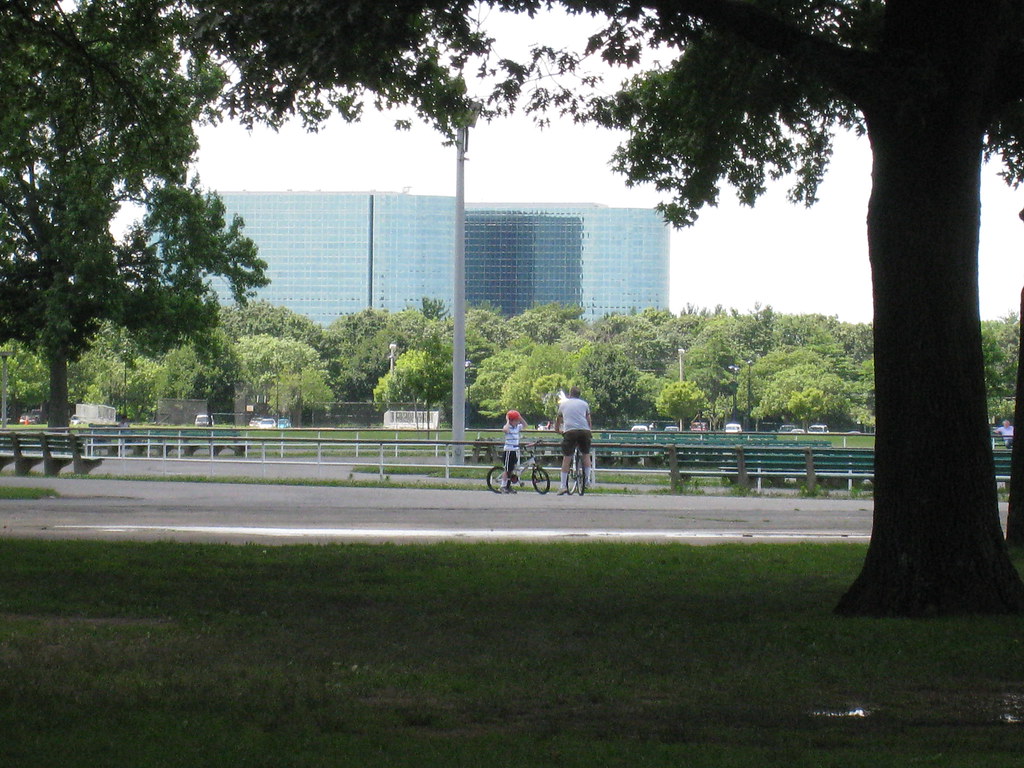
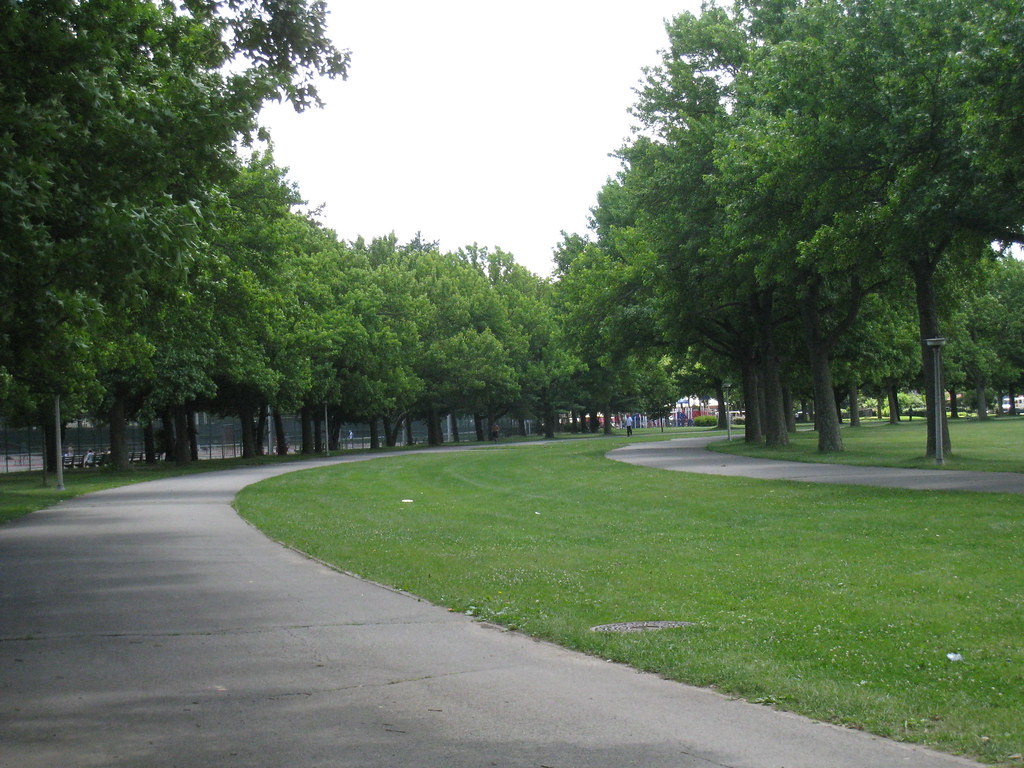


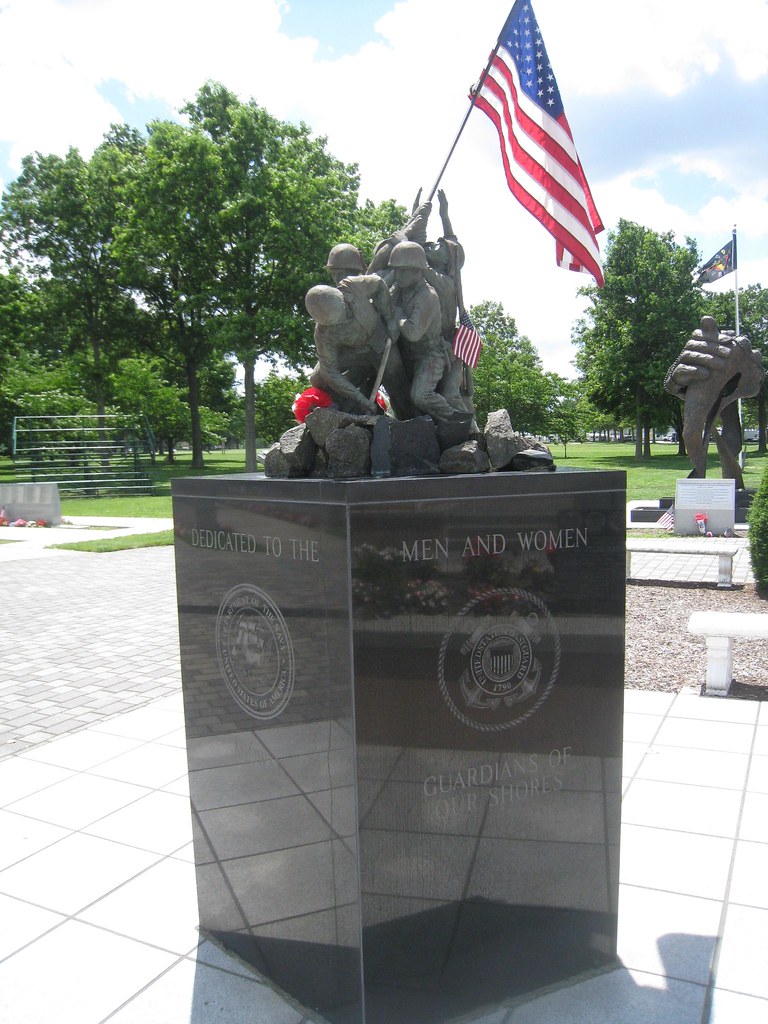
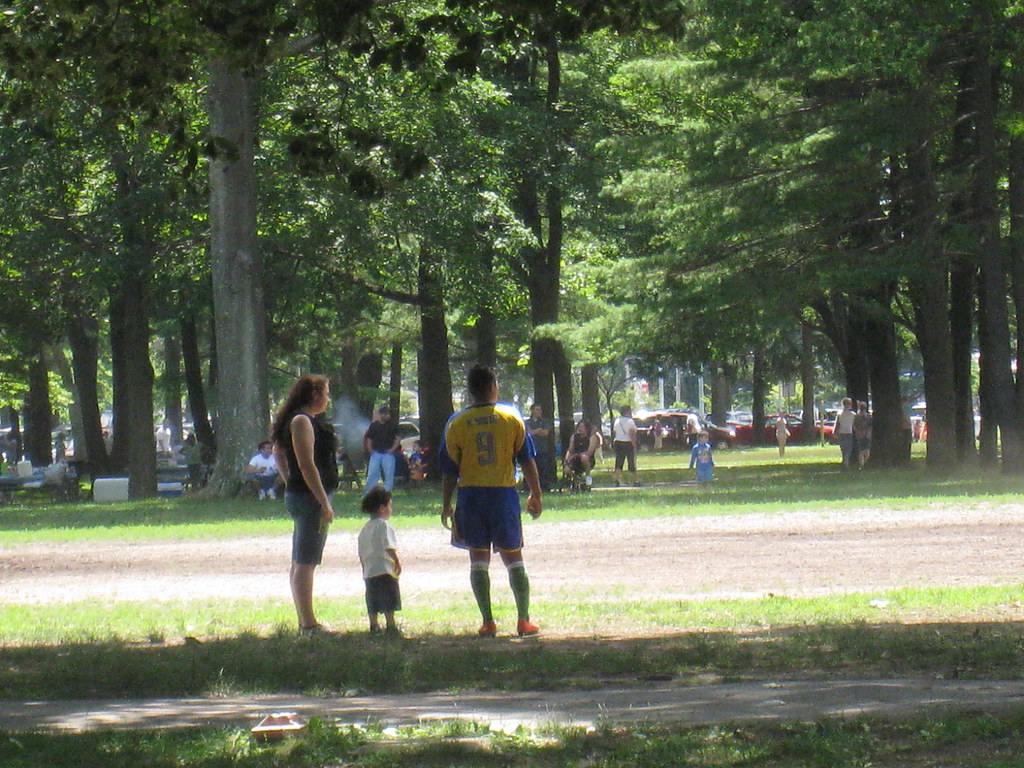
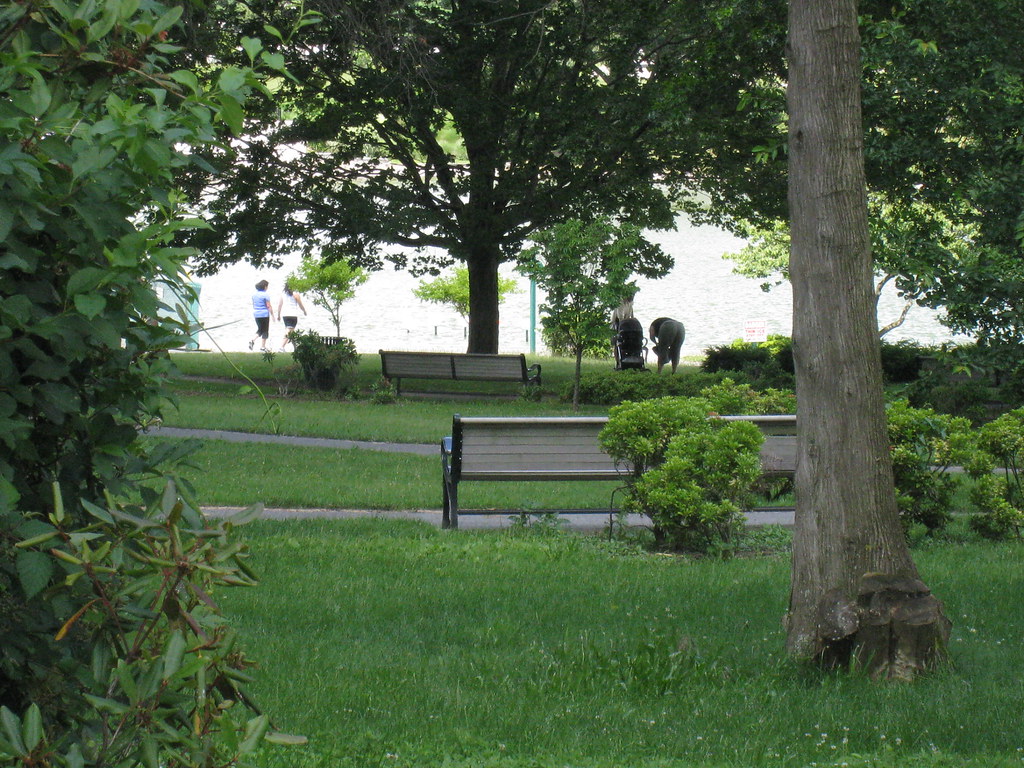
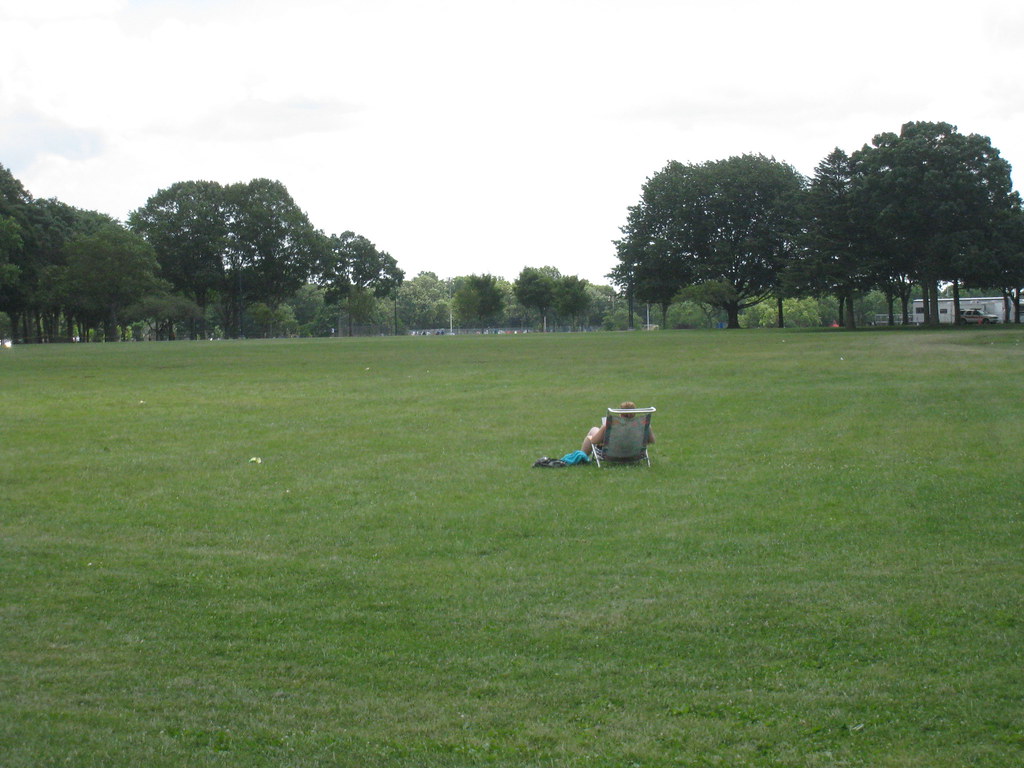

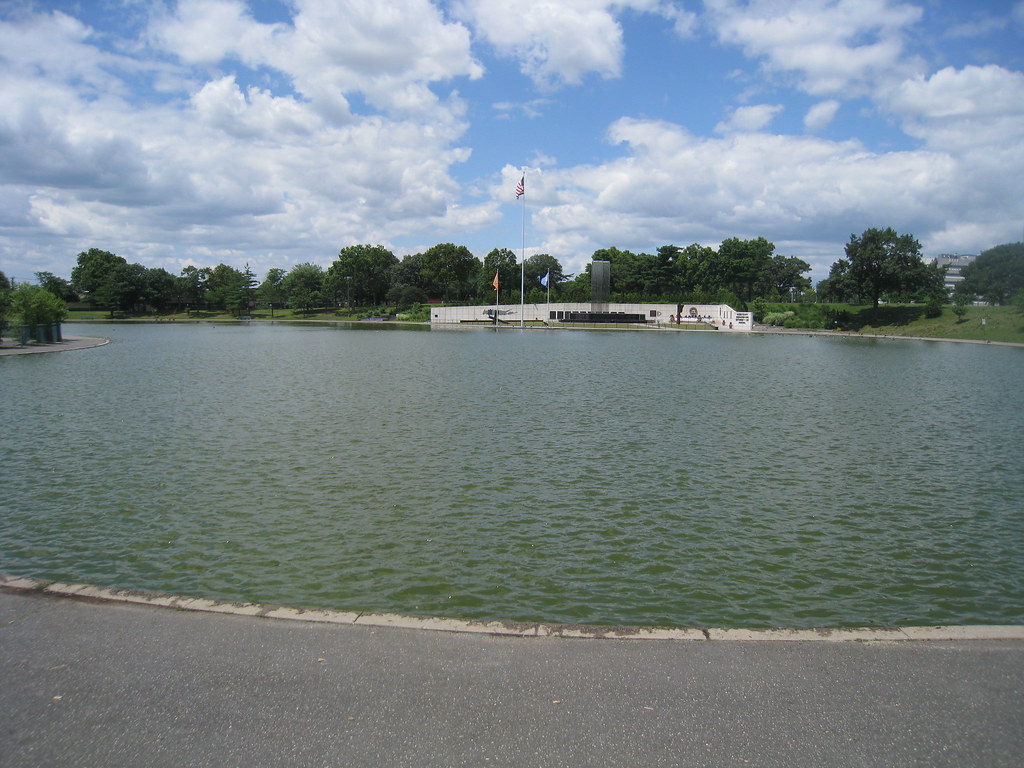
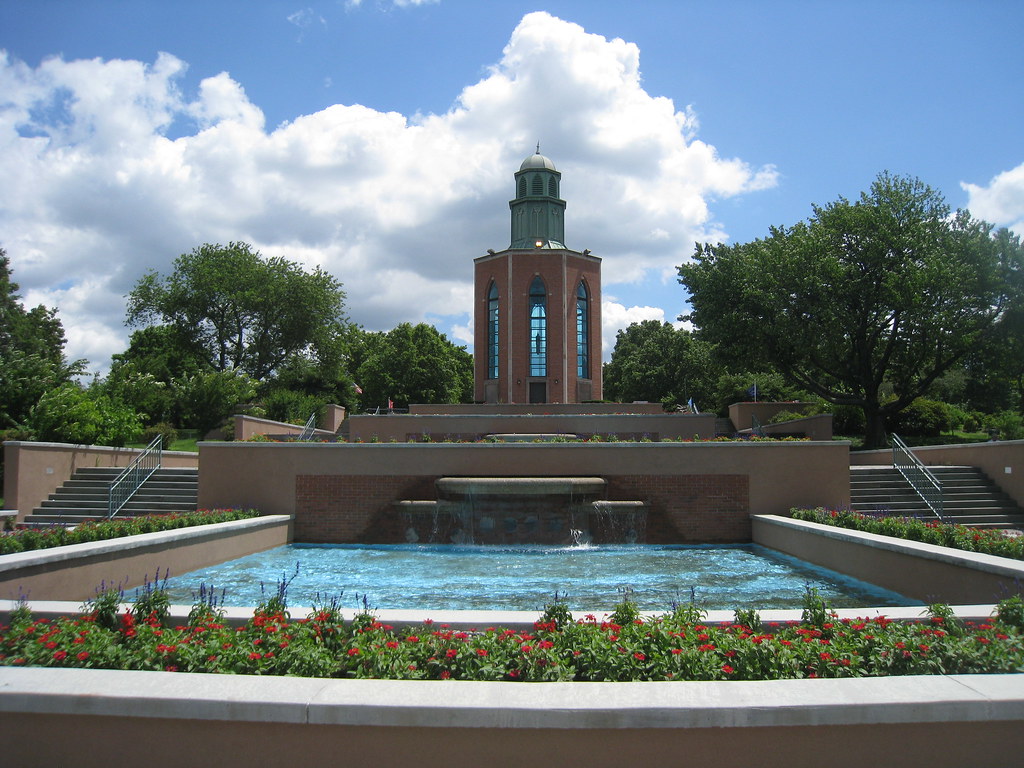
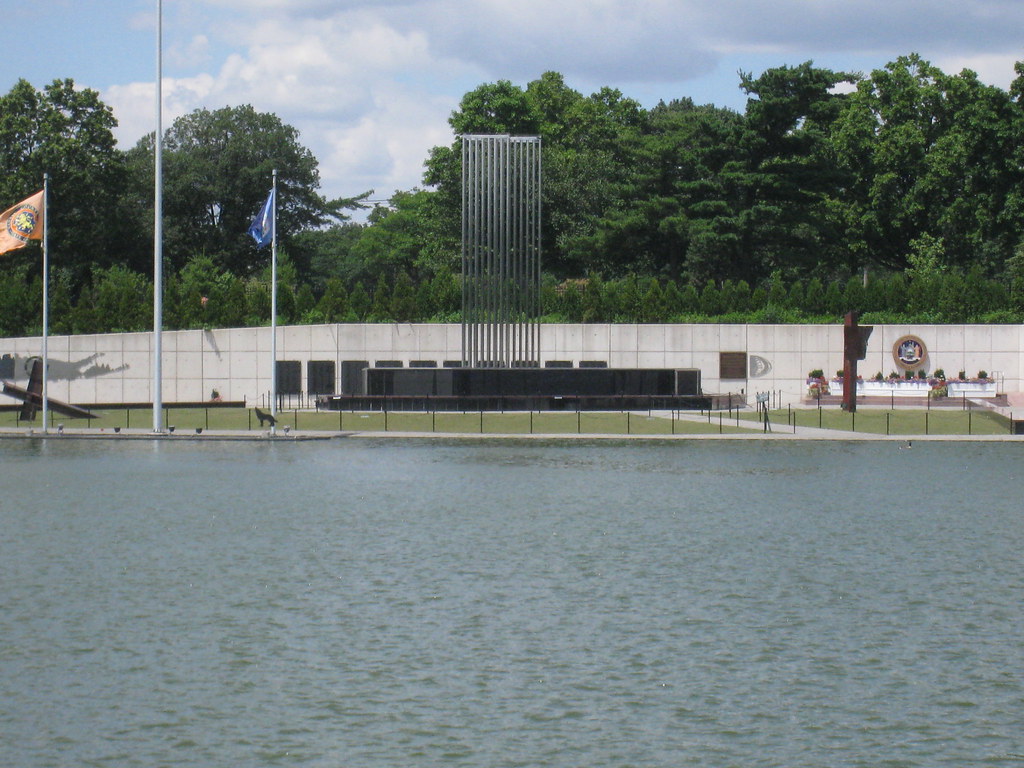
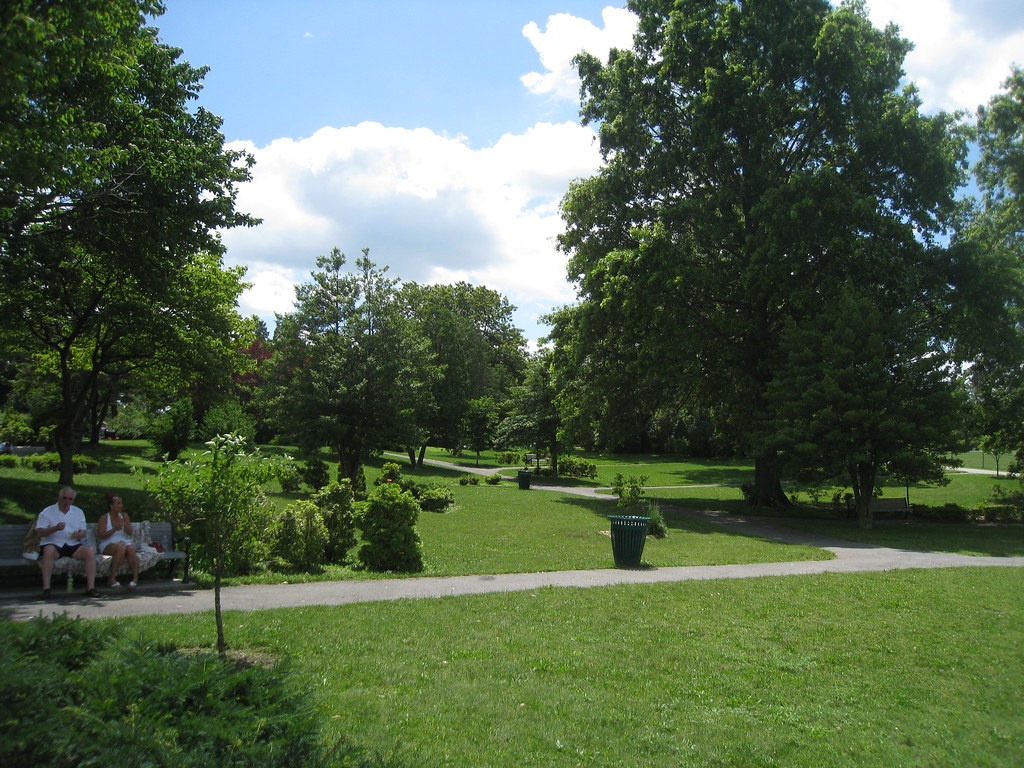
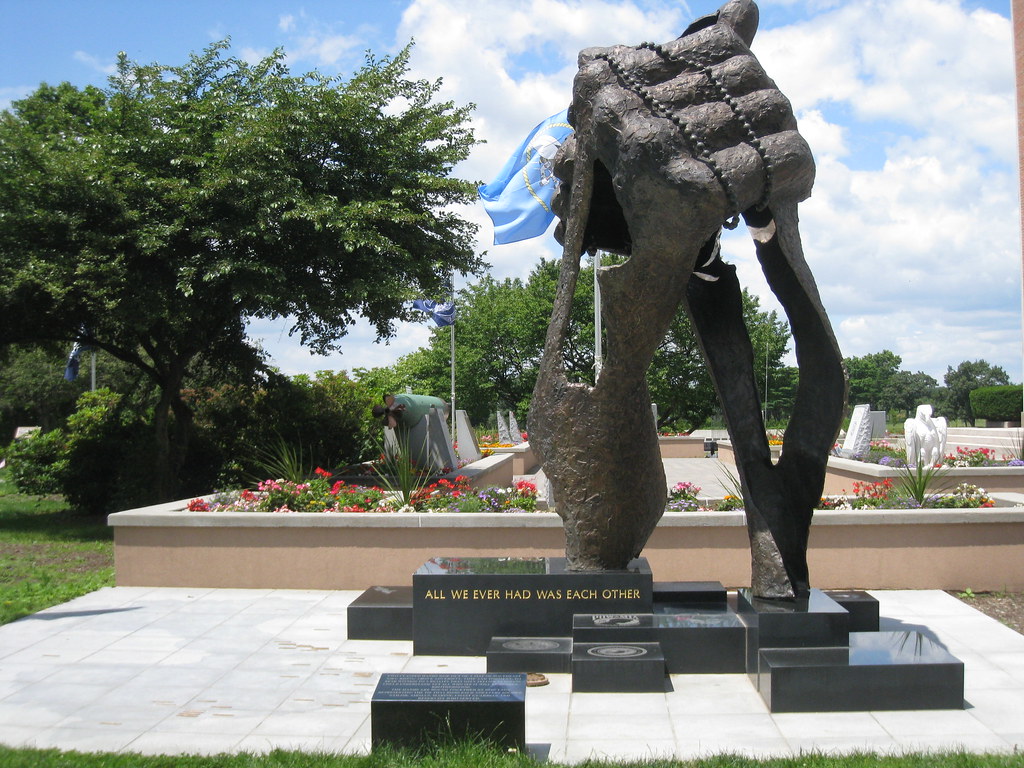
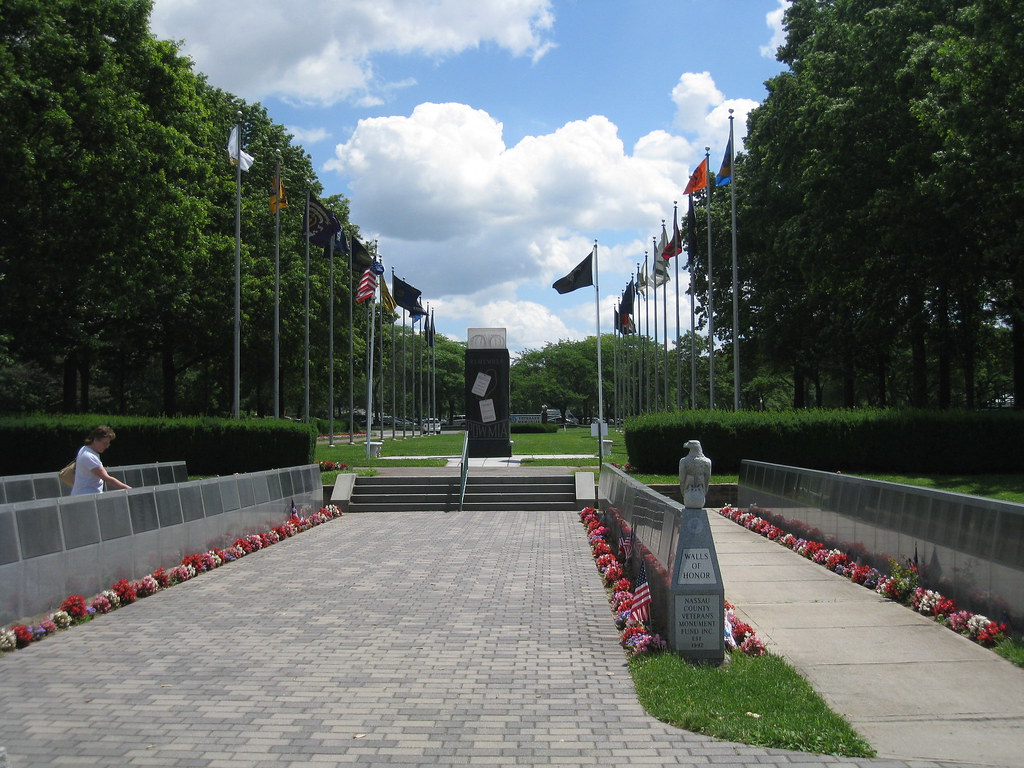
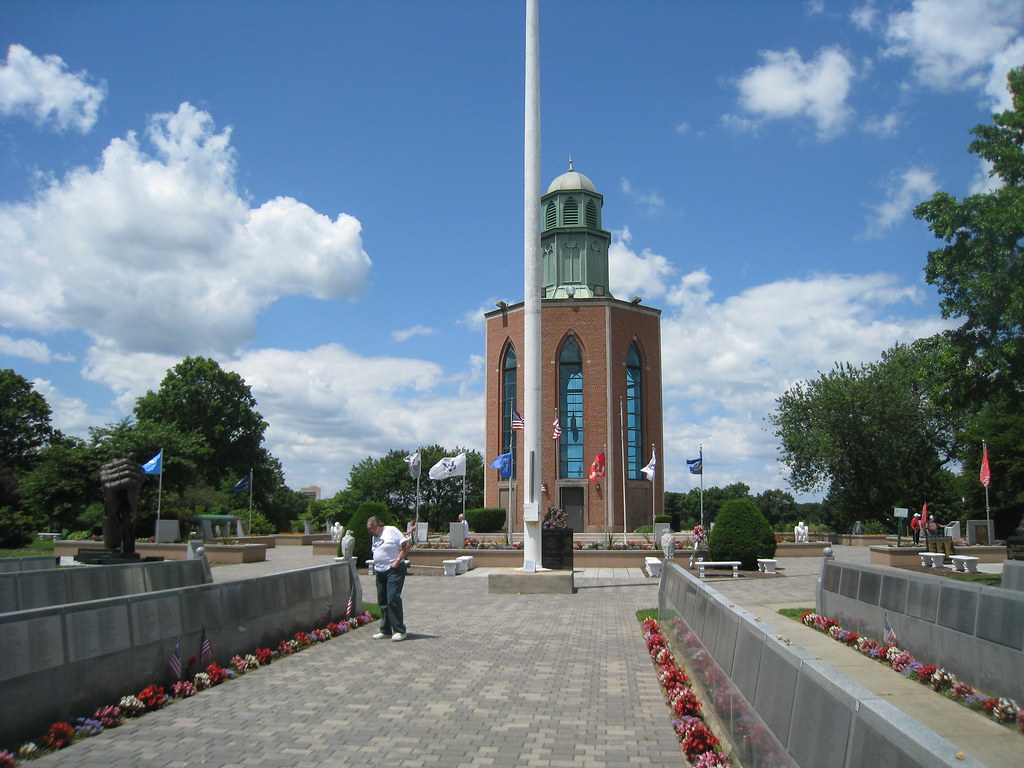
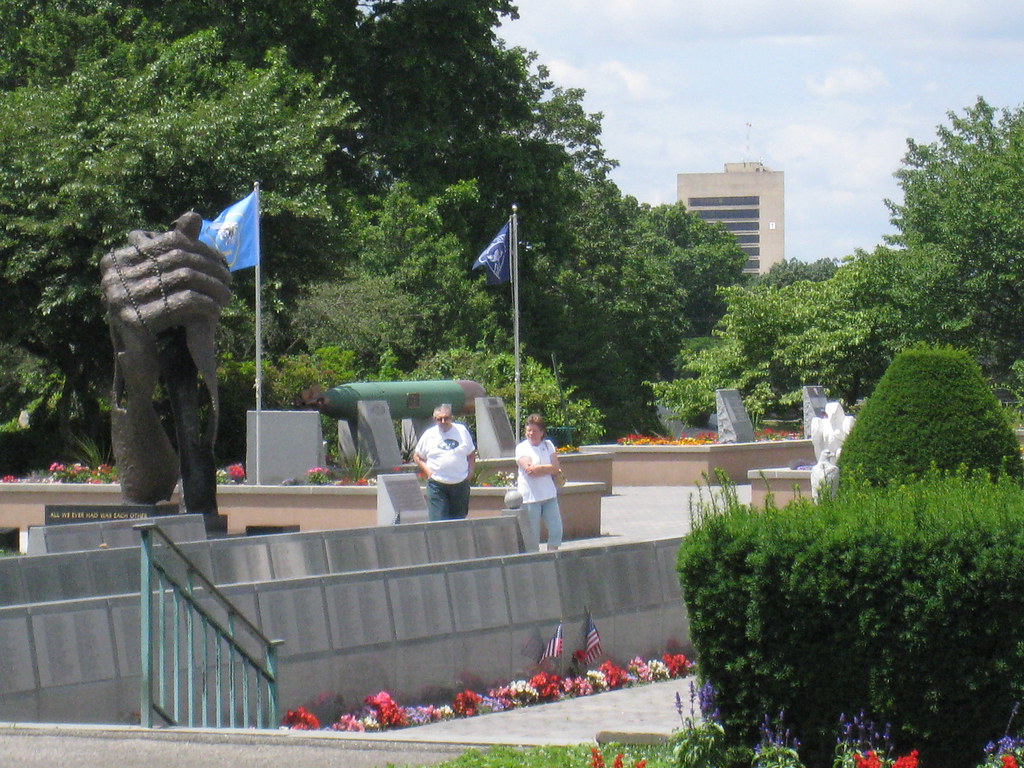 Jones Beach is a state park on a barrier island off the south shore of Long Island’s Nassau County. The park is renowned for its beaches which are laid out in sub-sections and serves as a popular summer destination for metropolitan New York. Jones Beach receives six million visitors a year making it the most heavily visited beach on the east coast. The park features bath houses, a band shell, a two mile boardwalk, golf course and the popular outdoor arena, the Nikon Theater. Jones Beach was created when Robert Moses was president of the Long Island Park Commission and was part of the ambitious parkway system that Moses is famous and infamous locally for. The park was built during the 1920’s and many of its buildings feature Art-Deco architecture. The pinnacle of its architectural splendor serves as a terminus for the Wantagh State Parkway and is a near 400’ Italianate style water tower. The beach hosts the New York Air Show every May and every summer Nikon Theater fills up for concerts and events.
Jones Beach is a state park on a barrier island off the south shore of Long Island’s Nassau County. The park is renowned for its beaches which are laid out in sub-sections and serves as a popular summer destination for metropolitan New York. Jones Beach receives six million visitors a year making it the most heavily visited beach on the east coast. The park features bath houses, a band shell, a two mile boardwalk, golf course and the popular outdoor arena, the Nikon Theater. Jones Beach was created when Robert Moses was president of the Long Island Park Commission and was part of the ambitious parkway system that Moses is famous and infamous locally for. The park was built during the 1920’s and many of its buildings feature Art-Deco architecture. The pinnacle of its architectural splendor serves as a terminus for the Wantagh State Parkway and is a near 400’ Italianate style water tower. The beach hosts the New York Air Show every May and every summer Nikon Theater fills up for concerts and events.
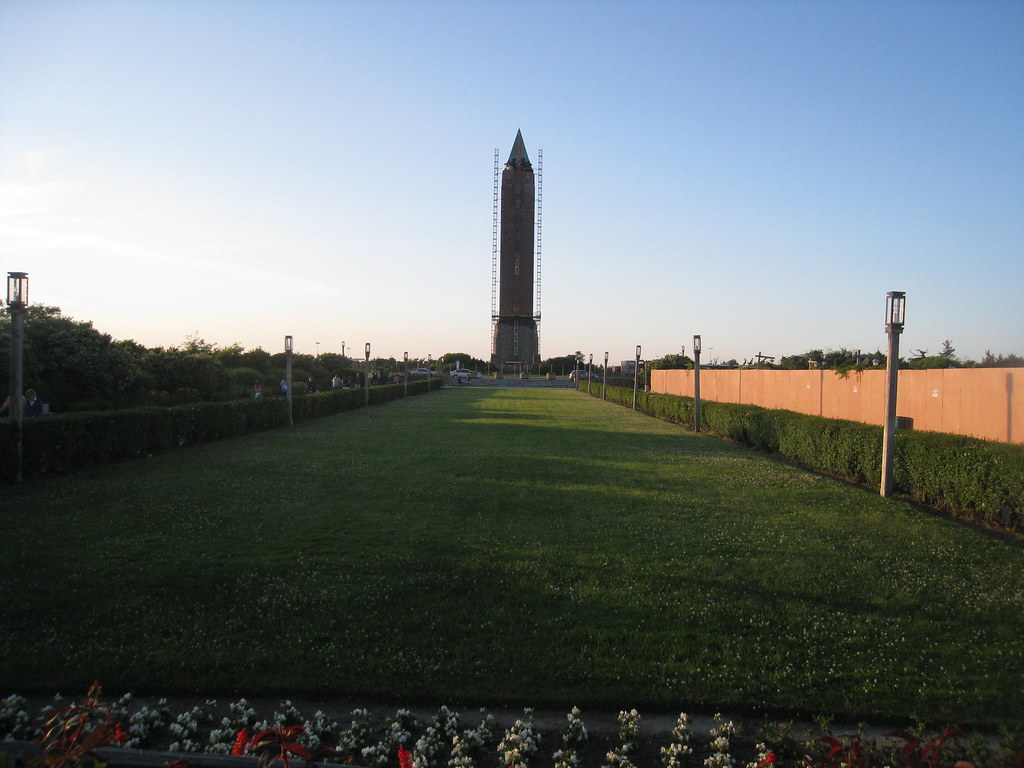
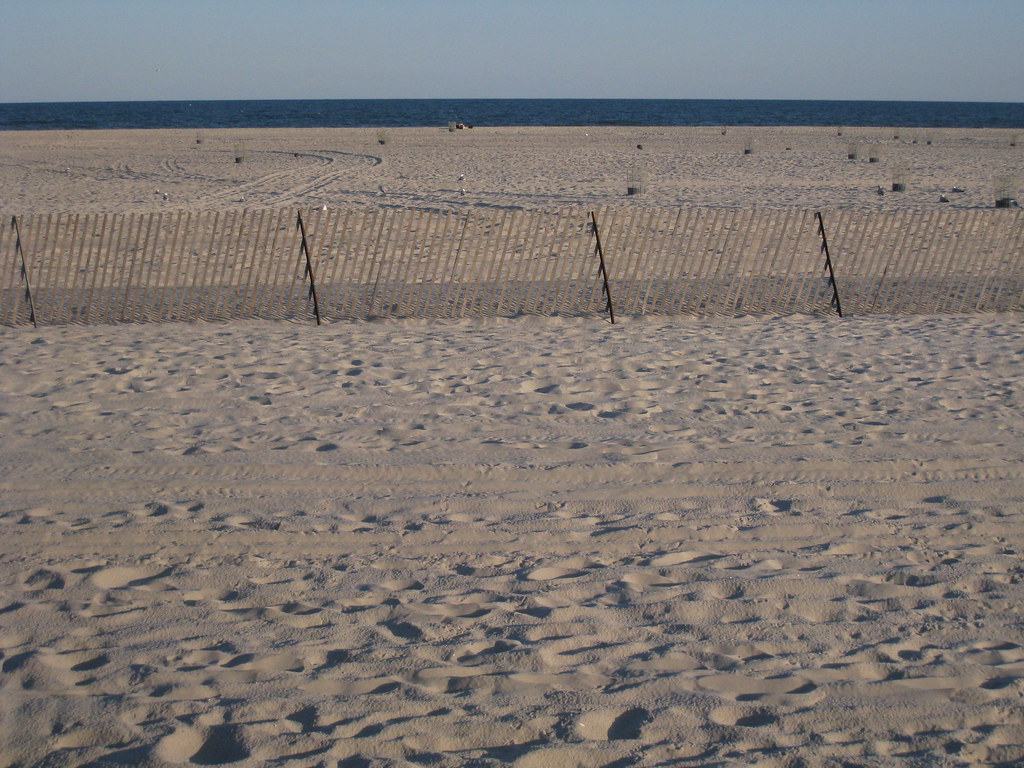
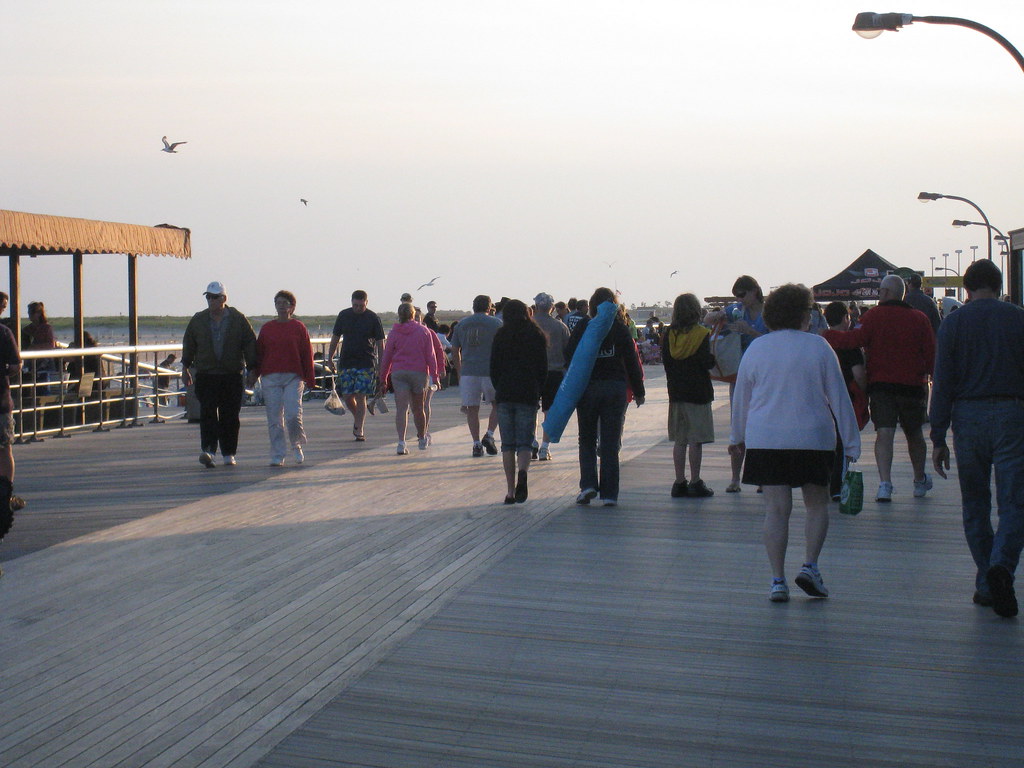


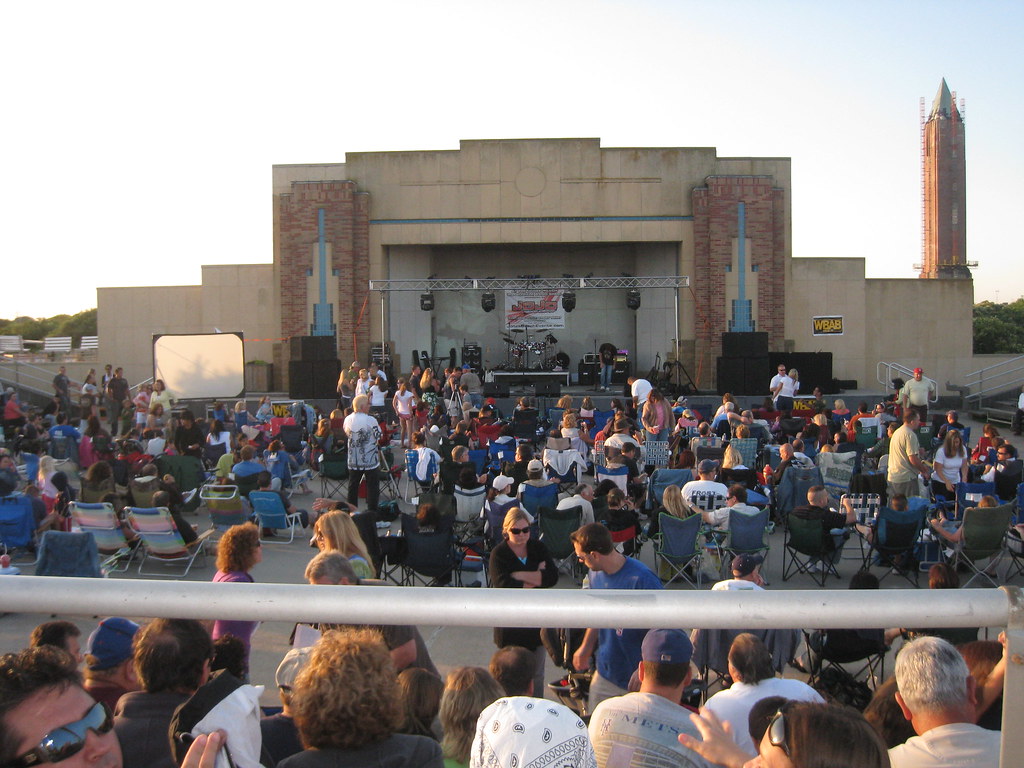
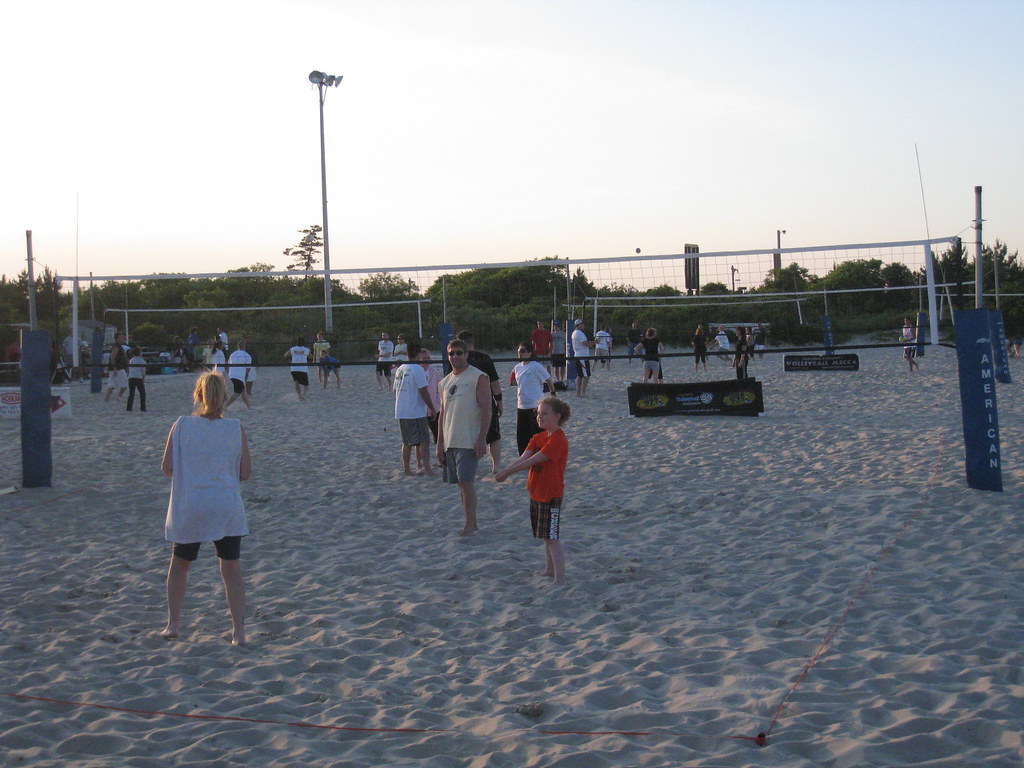
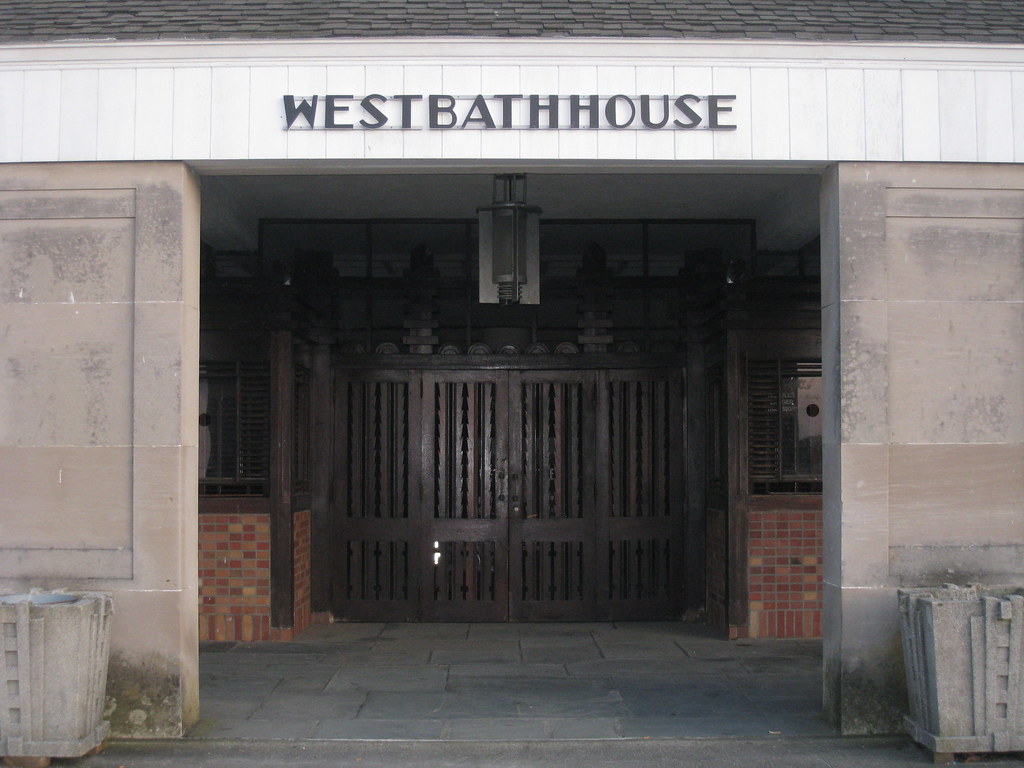


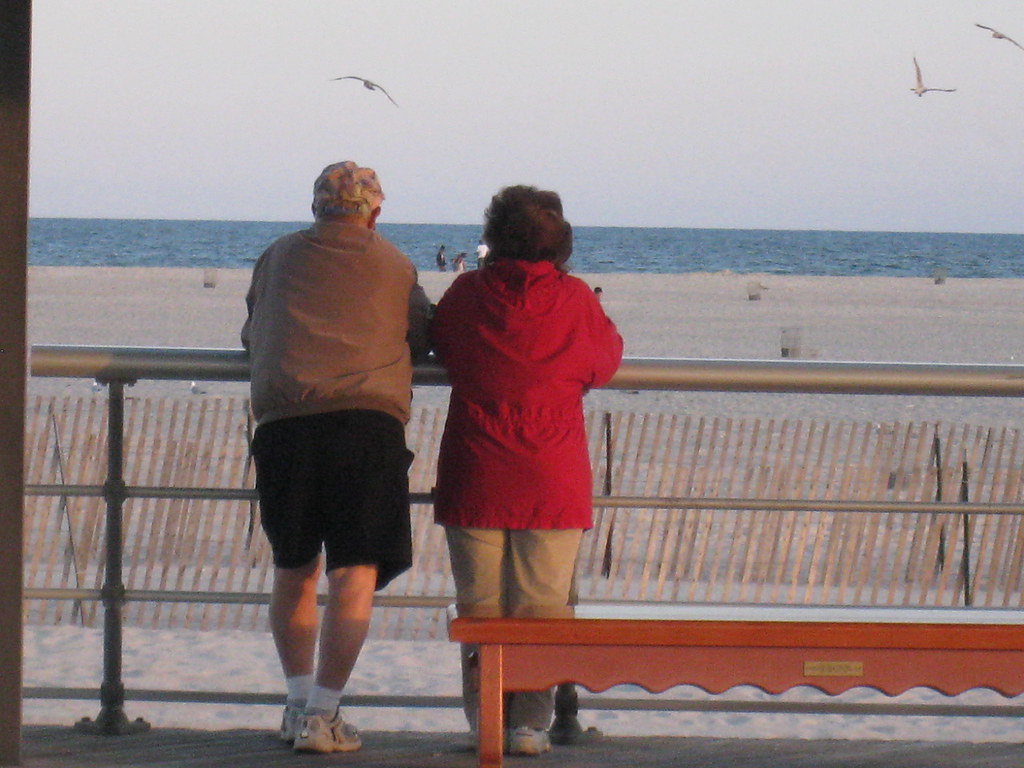
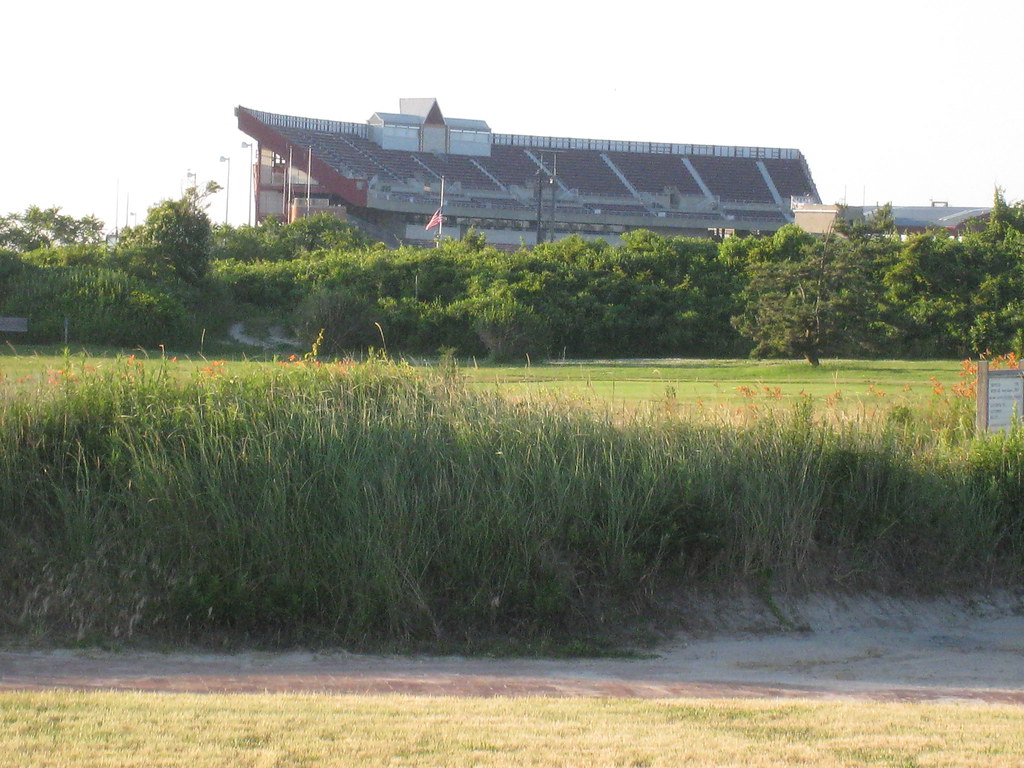
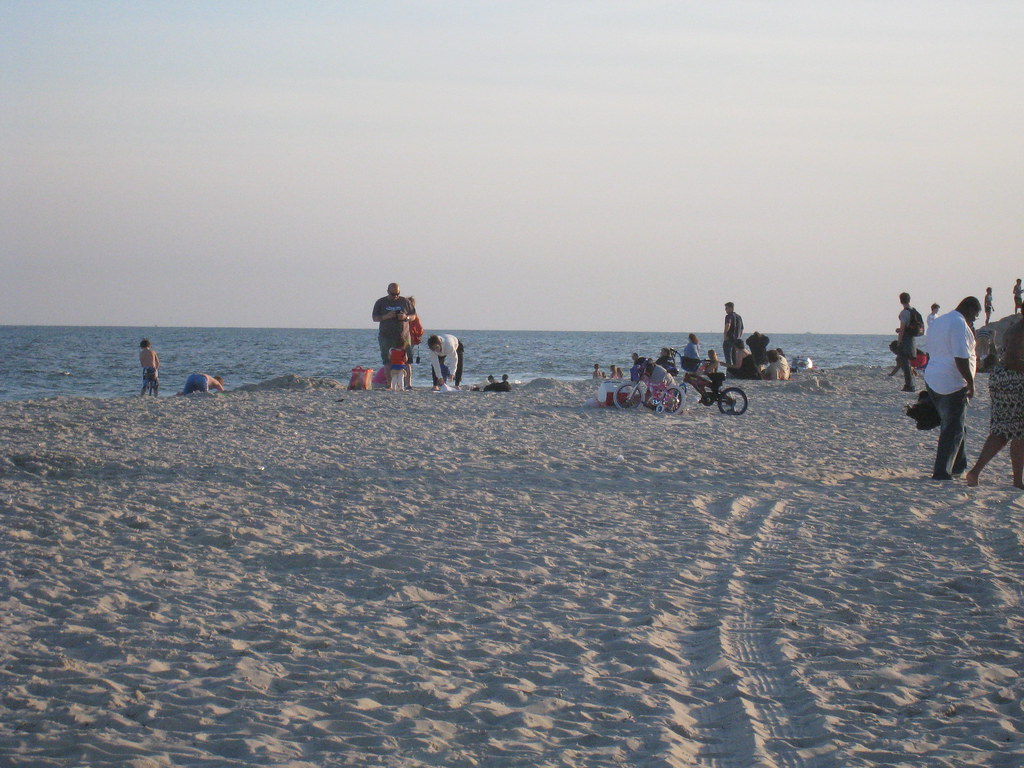
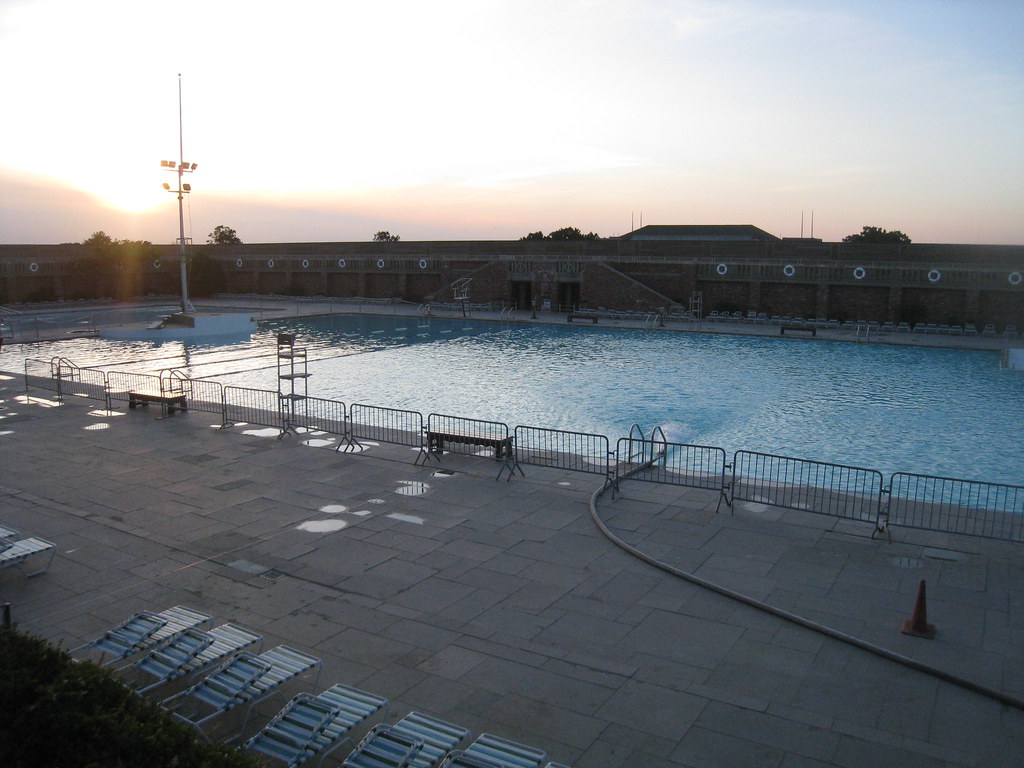
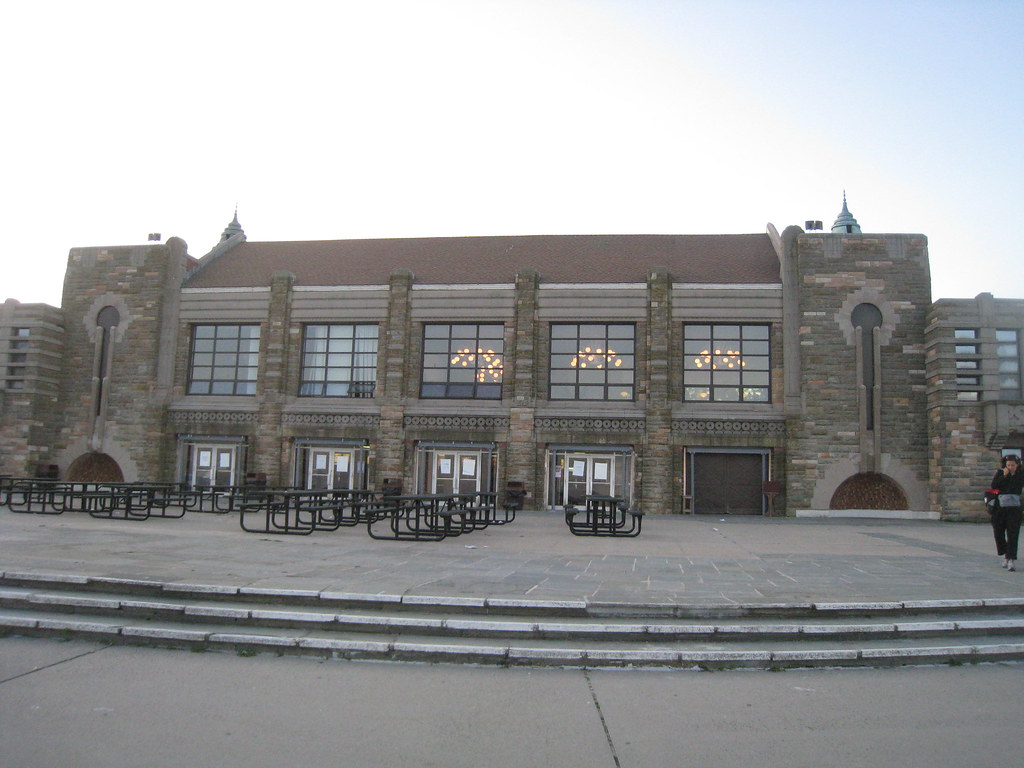




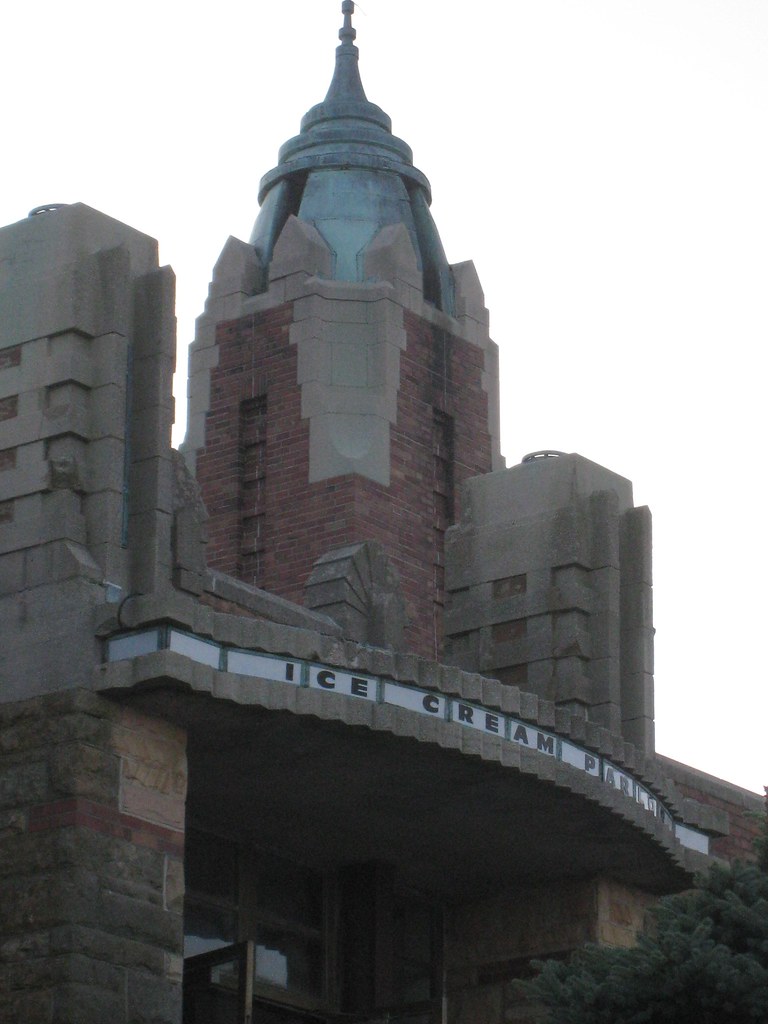
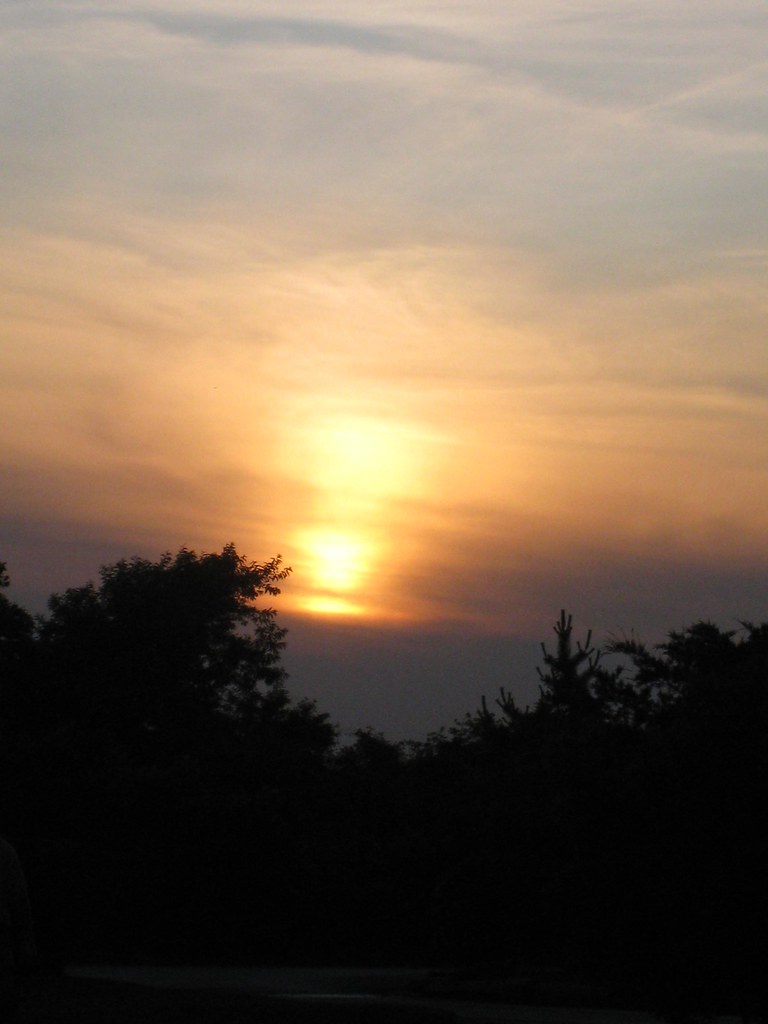
 New Cassell is a hamlet in the center of Nassau County. It was settled mid 17th century by Hessians and at times referred to as Gold Coin City or Stewartsville. There they built up a small community of cottages. It remained this way until the end of the revolutionary war when Hessians who favored British rule were phased out. The town which is somewhat in decline today has historically seen high poverty levels dating back to the 19th century. Rail had briefly propelled the community by the end of the 1800’s and due to its affordability and looser racial restrictions of renting during white flight from the city families from all backgrounds settled here during the middle of the 20th century. During the 1980’s and 1990’s most white families moved to nearby Westbury or into Levittown leaving New Cassell mostly African American. However it was during this time that most family owned establishments shut down or moved out. Industrial companies briefly contracted out in the area but they too left. It had become by the 21st century a blighted, run down and dangerous section of Long Island as gangs and drugs became prevalent. Recently New Cassell has seen minor urban renewal and some redevelopment but not enough has been done to lift it out of decline. The neighborhood is home to most lower income African American working classes but also a very large Mexican and Salvadoran population.
New Cassell is a hamlet in the center of Nassau County. It was settled mid 17th century by Hessians and at times referred to as Gold Coin City or Stewartsville. There they built up a small community of cottages. It remained this way until the end of the revolutionary war when Hessians who favored British rule were phased out. The town which is somewhat in decline today has historically seen high poverty levels dating back to the 19th century. Rail had briefly propelled the community by the end of the 1800’s and due to its affordability and looser racial restrictions of renting during white flight from the city families from all backgrounds settled here during the middle of the 20th century. During the 1980’s and 1990’s most white families moved to nearby Westbury or into Levittown leaving New Cassell mostly African American. However it was during this time that most family owned establishments shut down or moved out. Industrial companies briefly contracted out in the area but they too left. It had become by the 21st century a blighted, run down and dangerous section of Long Island as gangs and drugs became prevalent. Recently New Cassell has seen minor urban renewal and some redevelopment but not enough has been done to lift it out of decline. The neighborhood is home to most lower income African American working classes but also a very large Mexican and Salvadoran population.
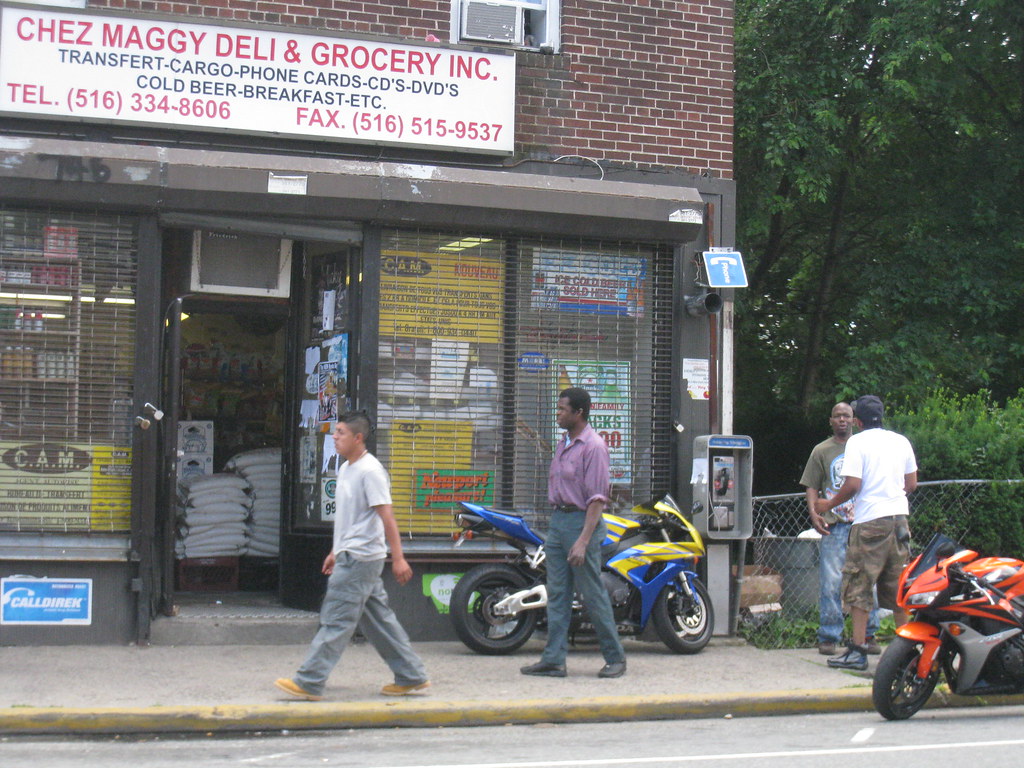
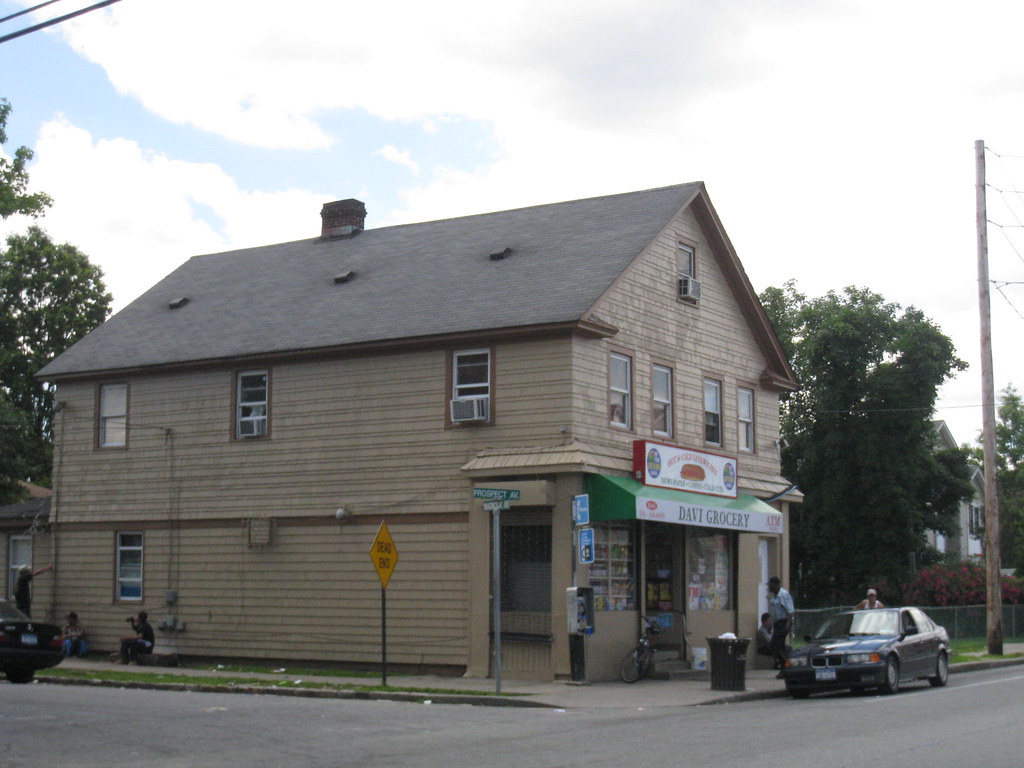
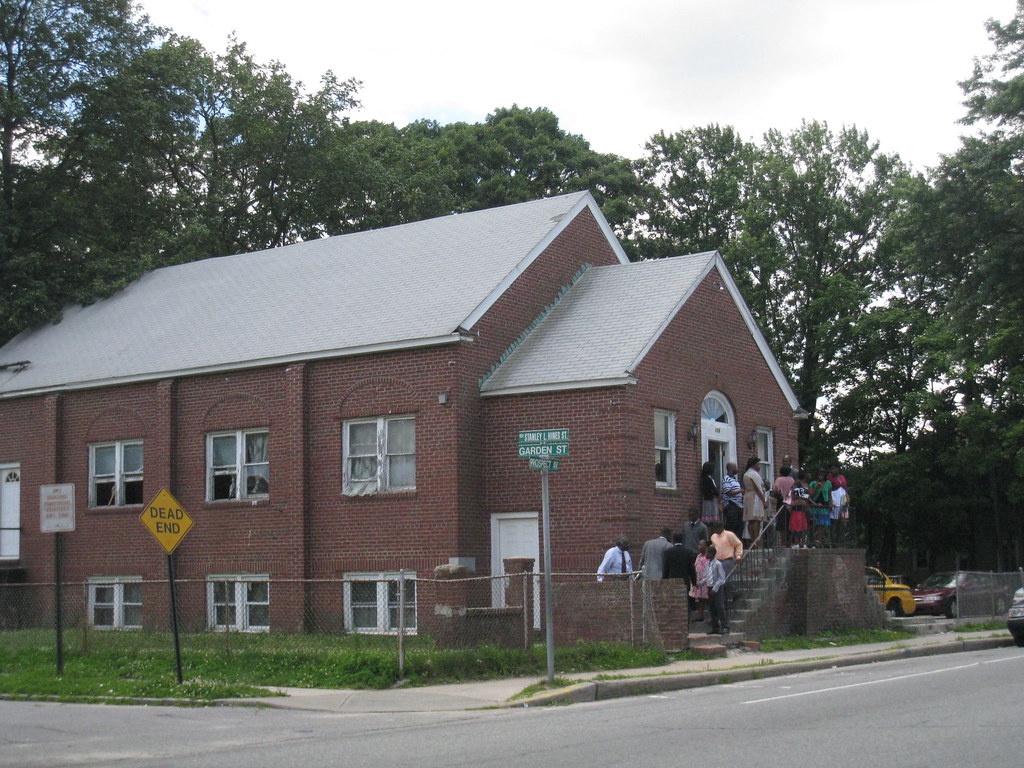
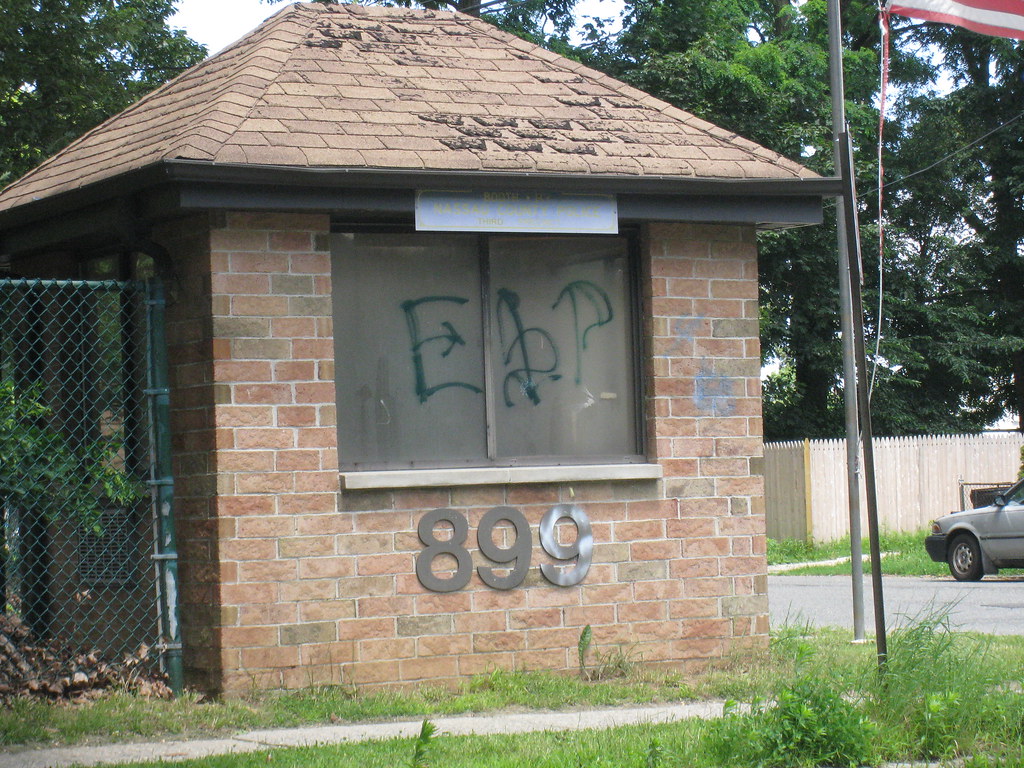
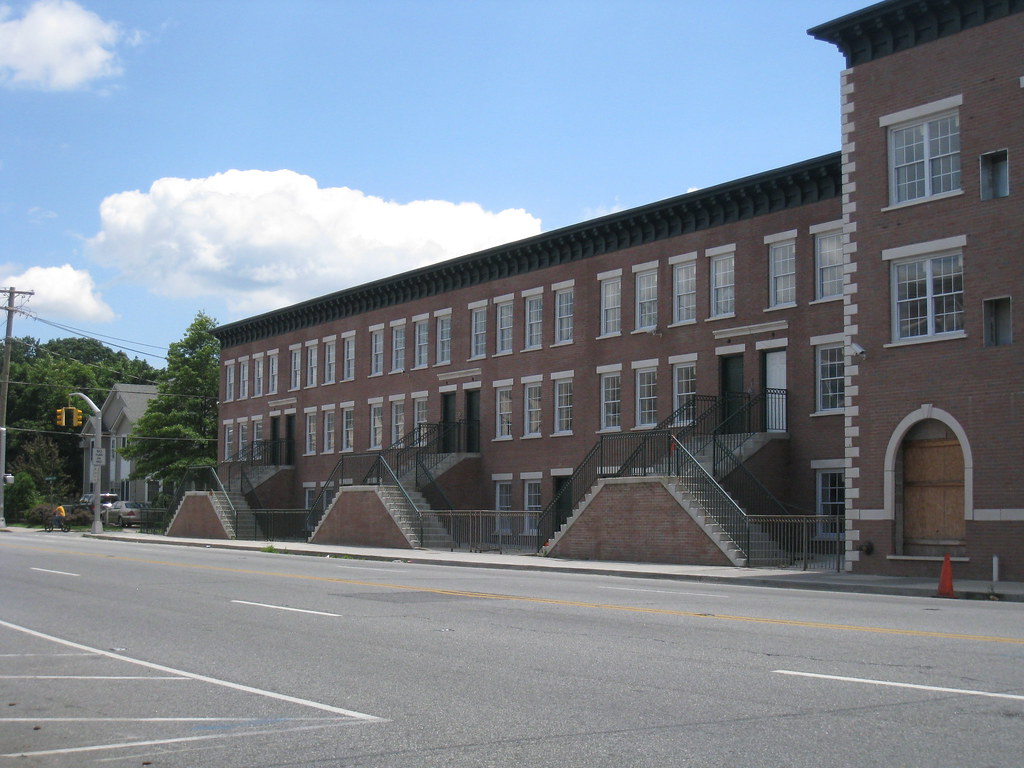
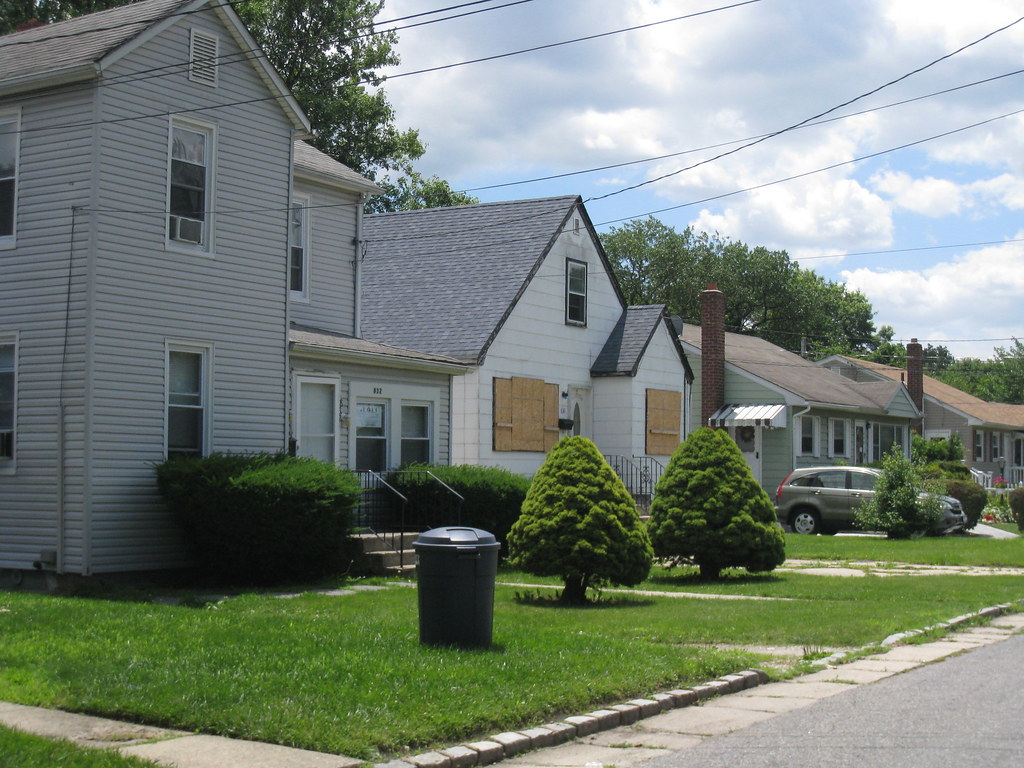
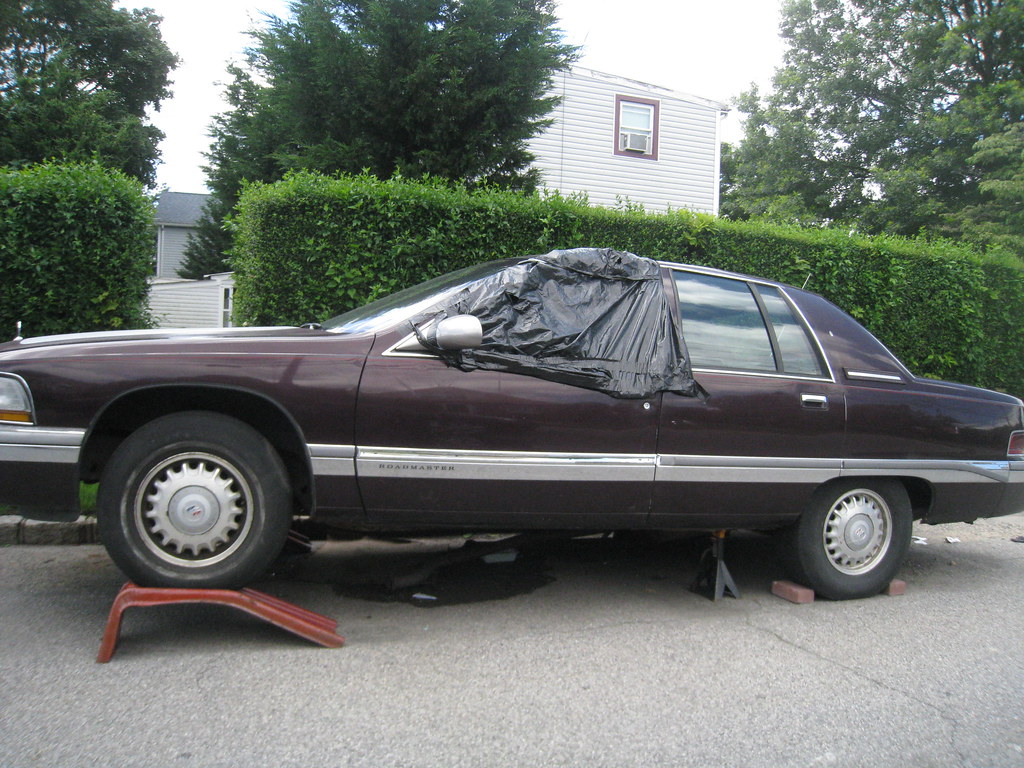
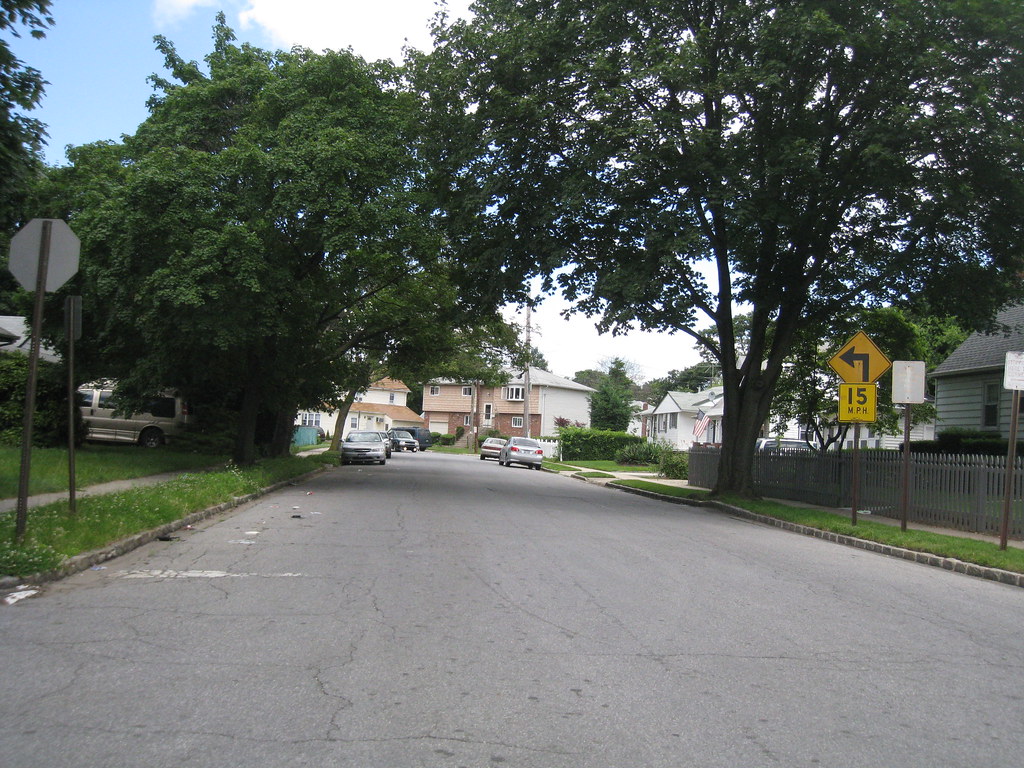
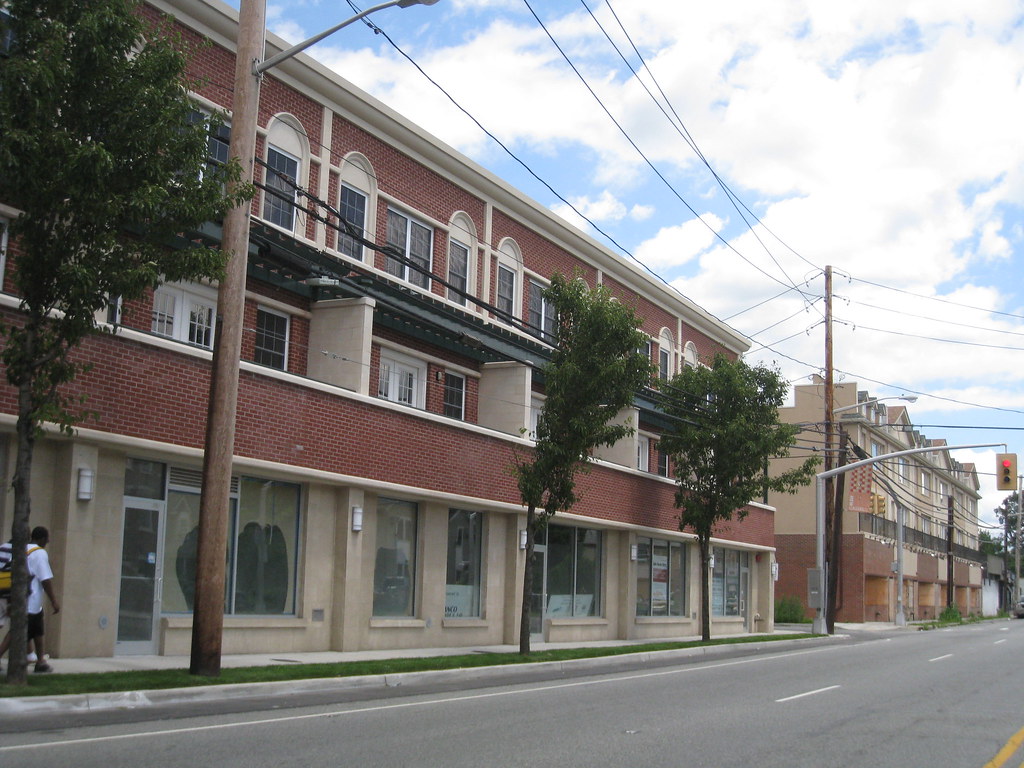
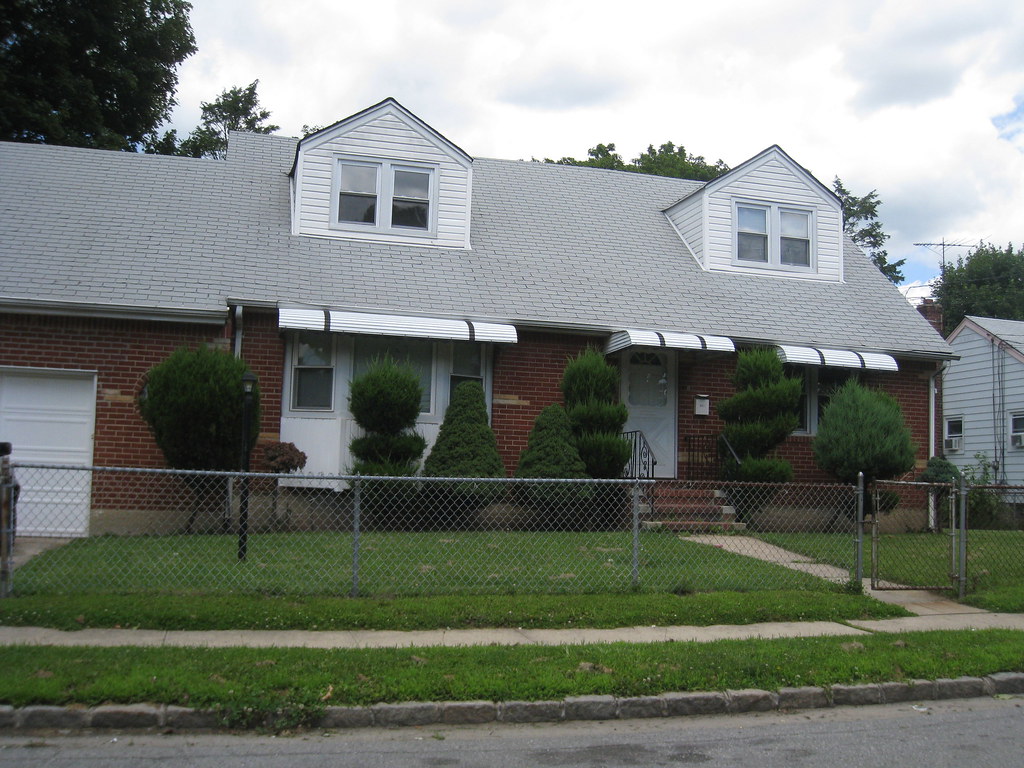
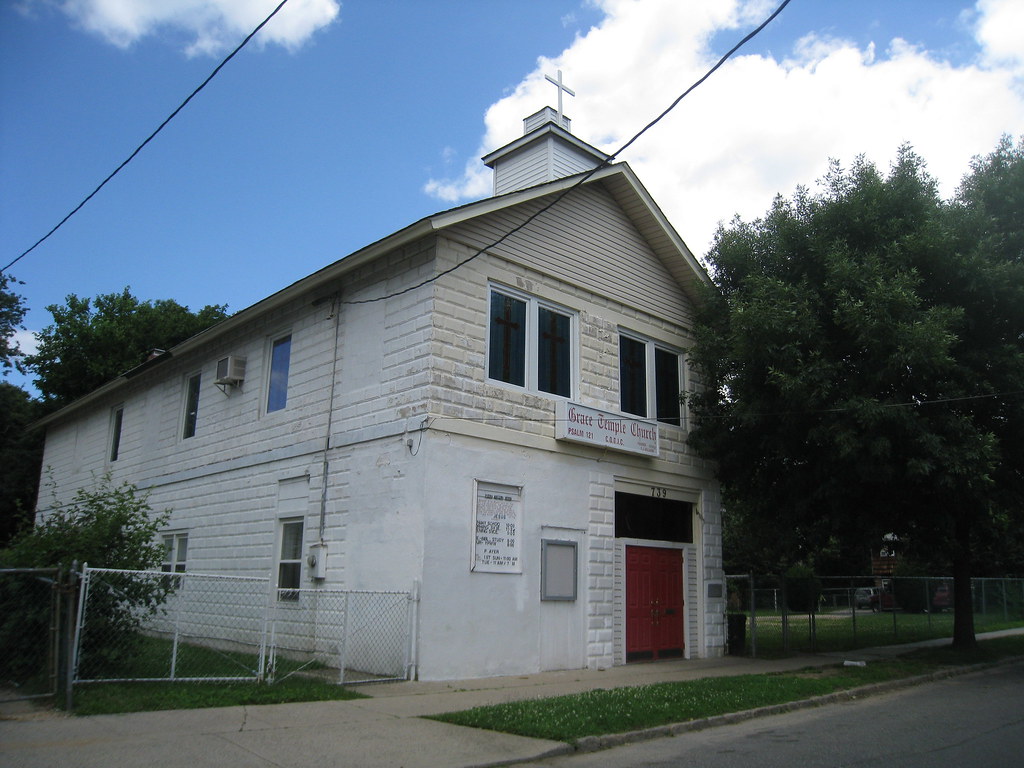
__________________
Brooklyn: The Motherland.
|